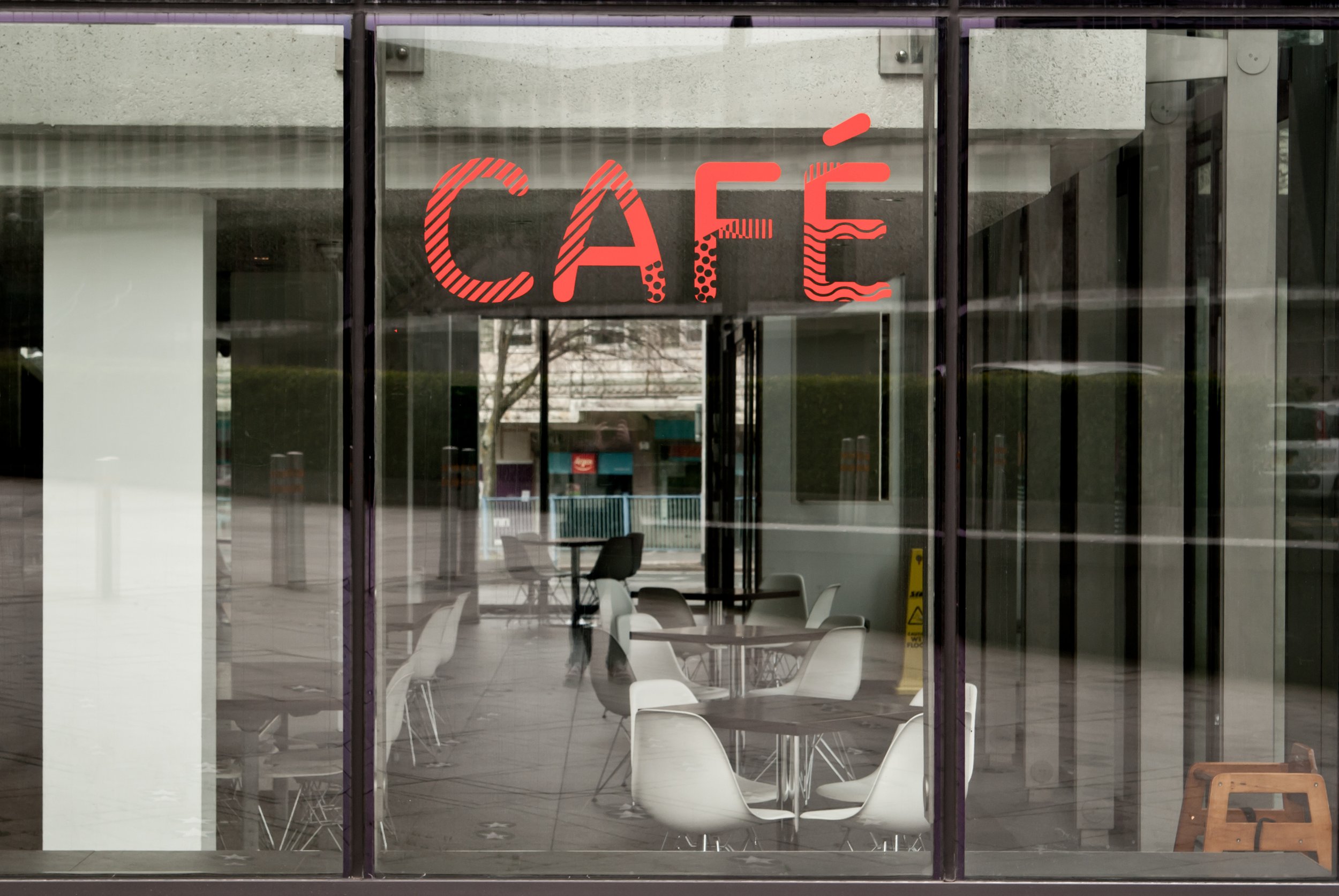
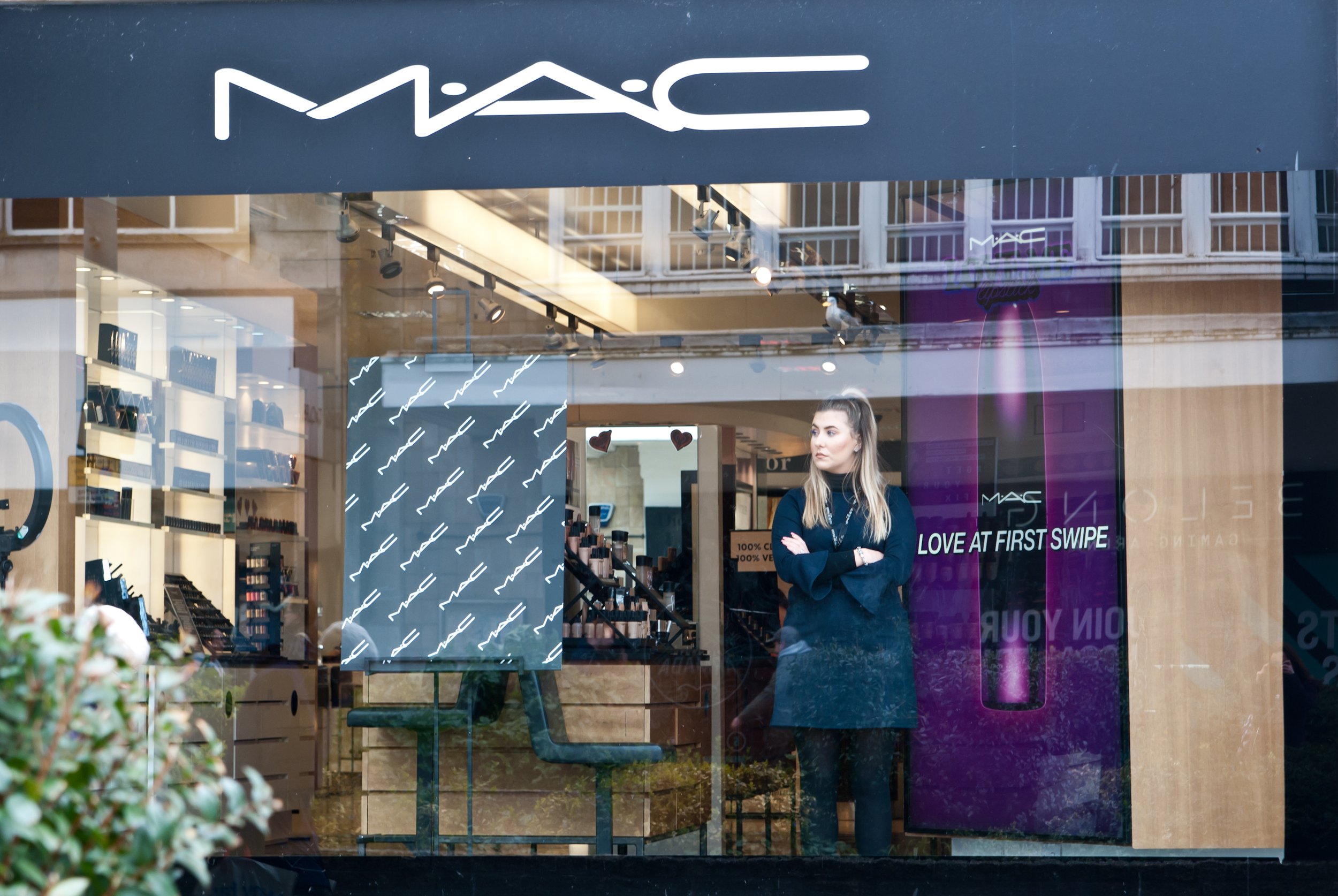
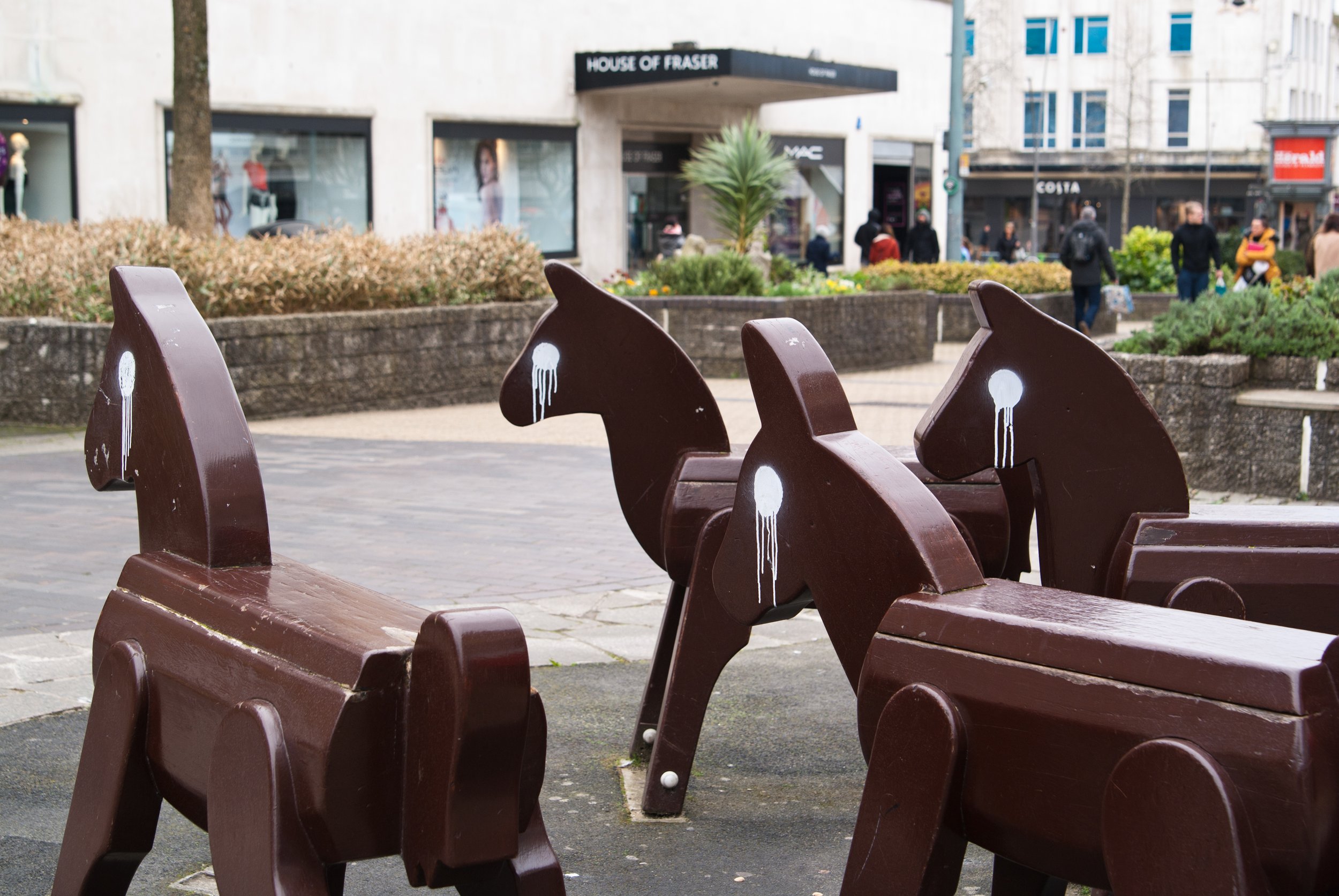
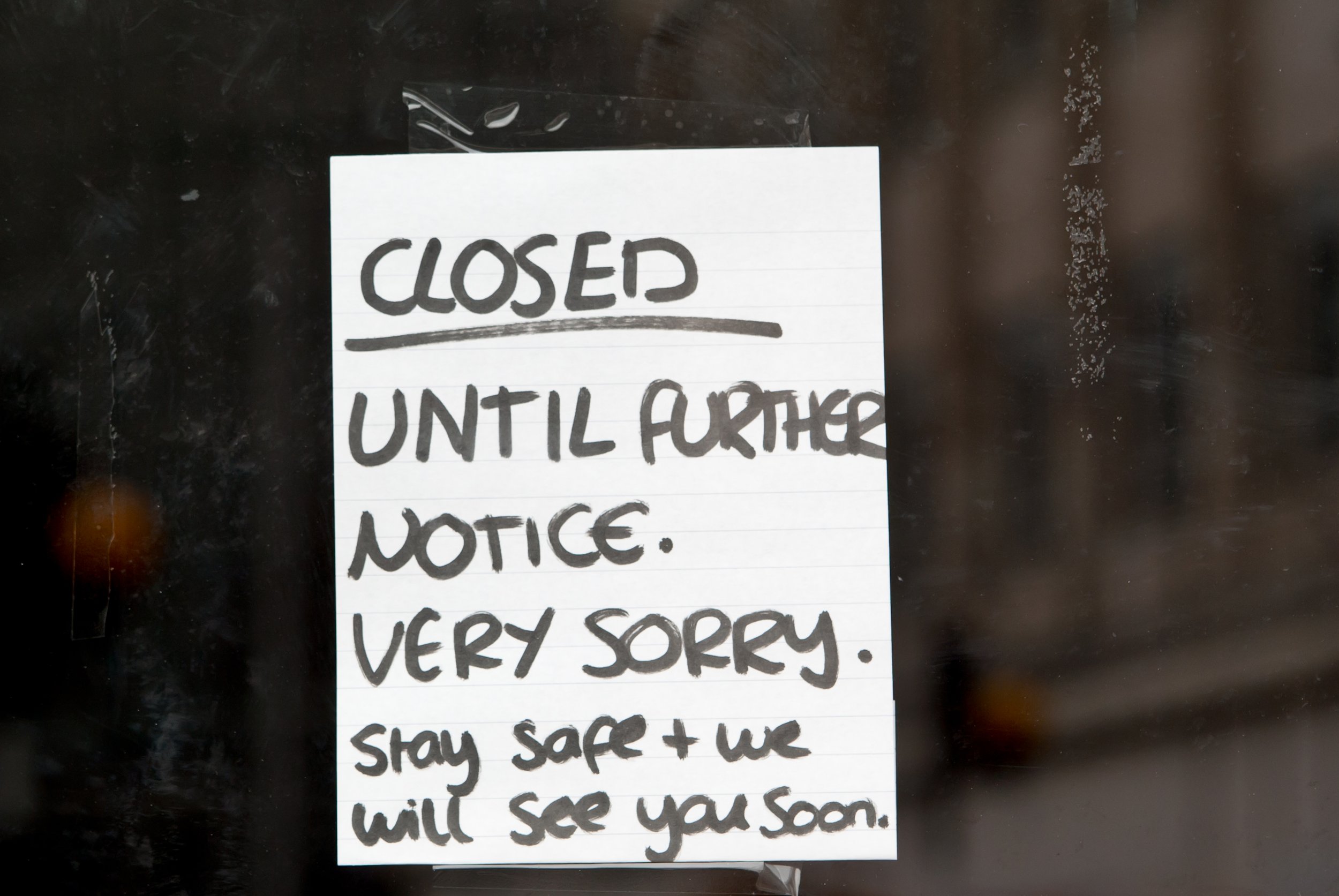
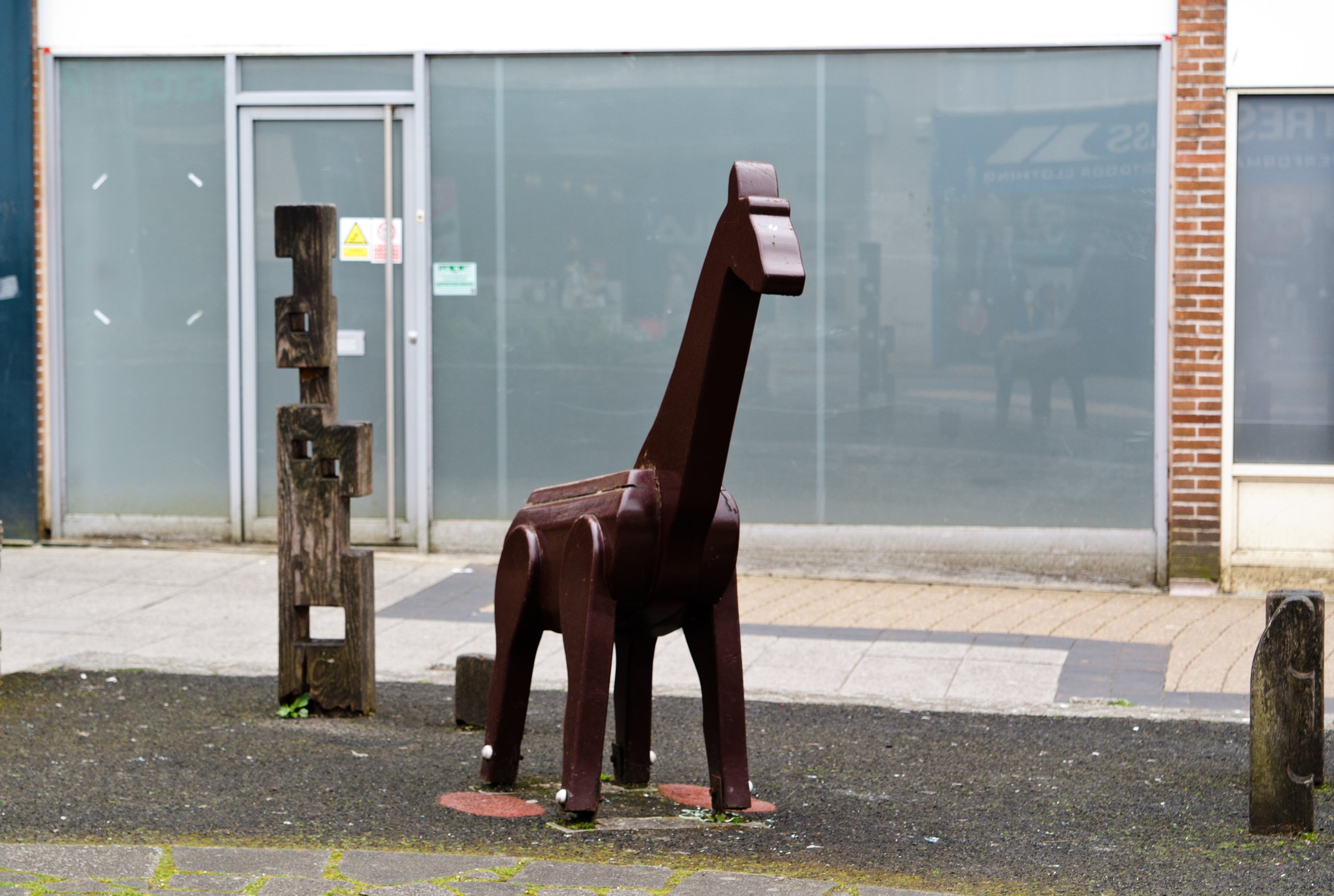
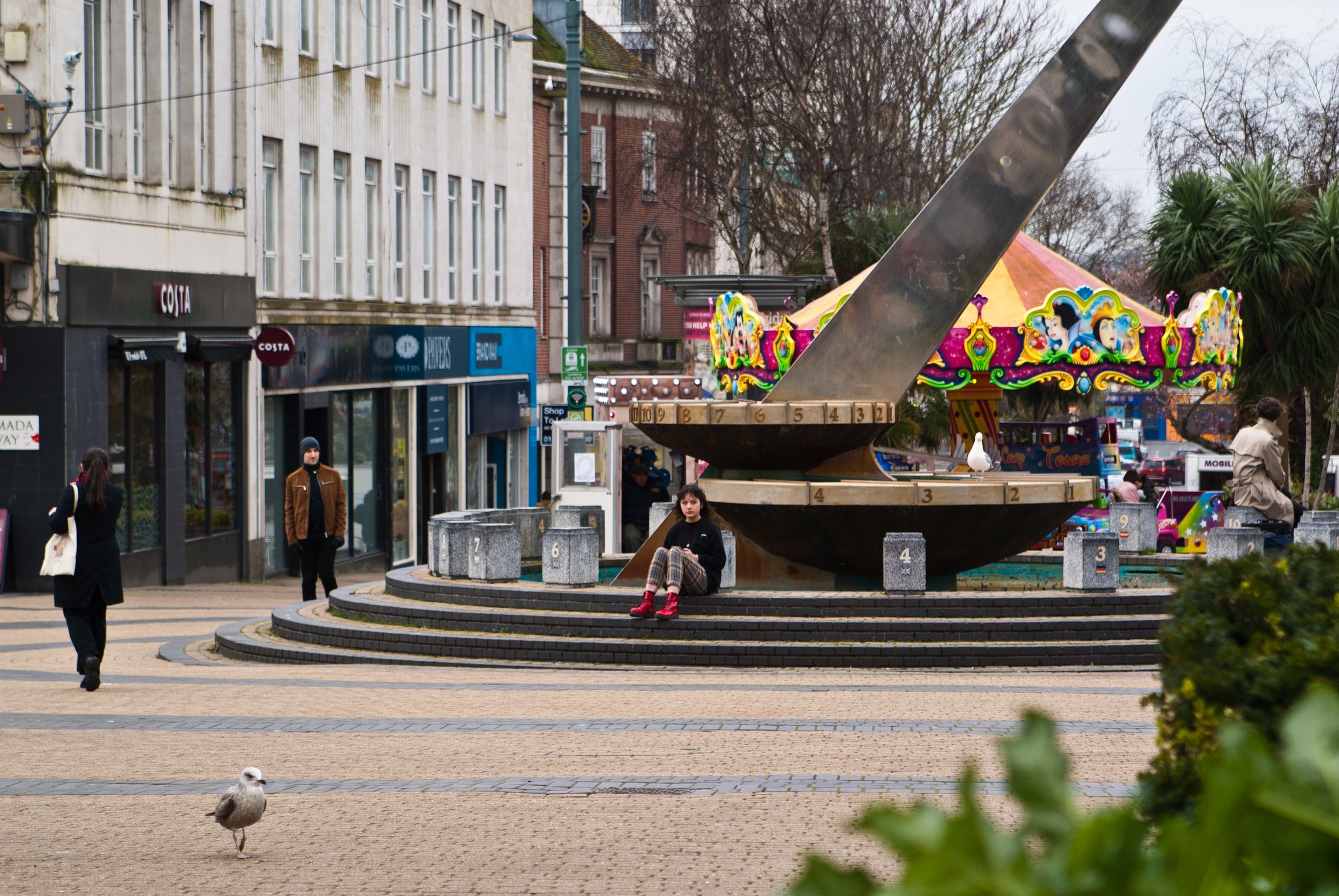
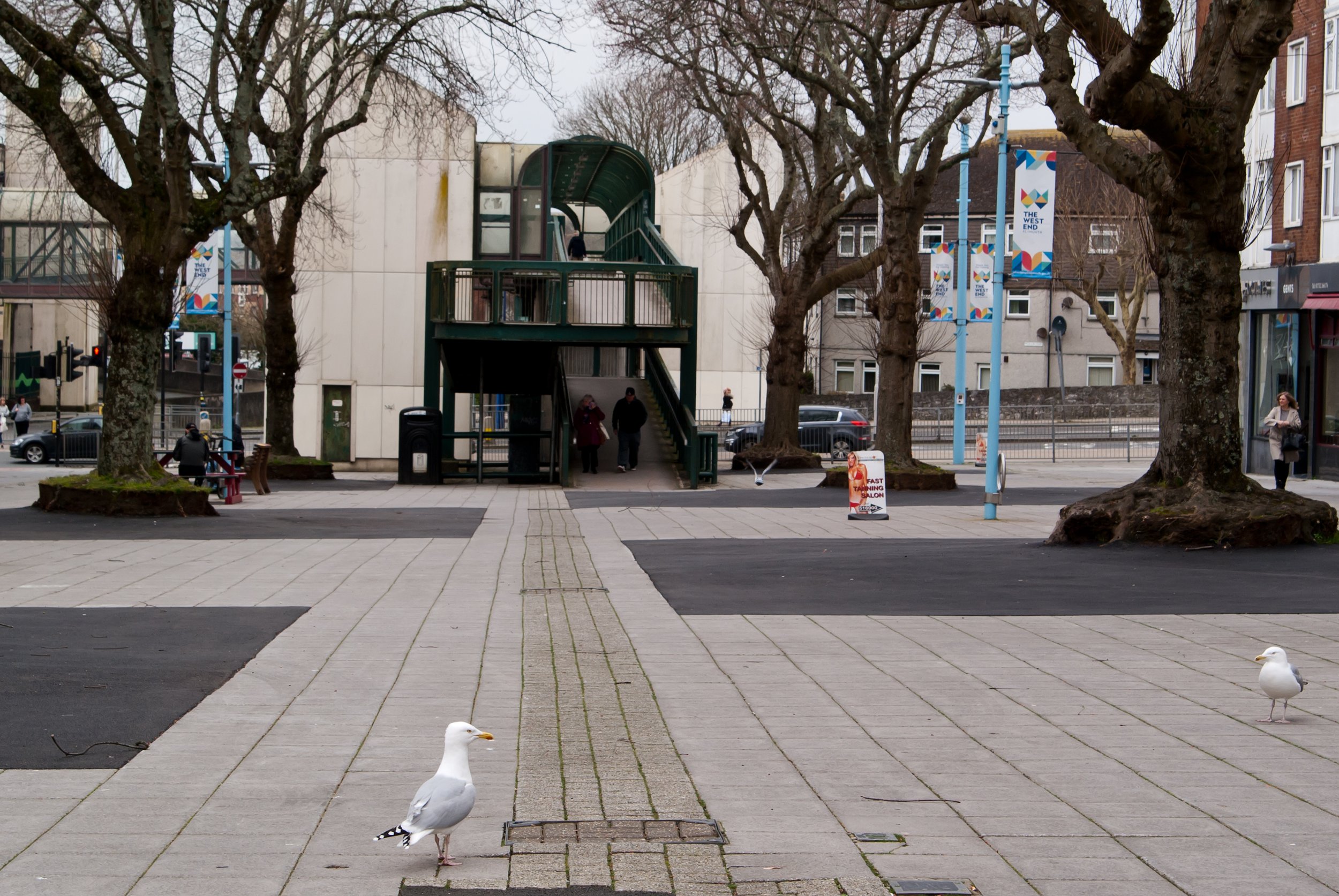
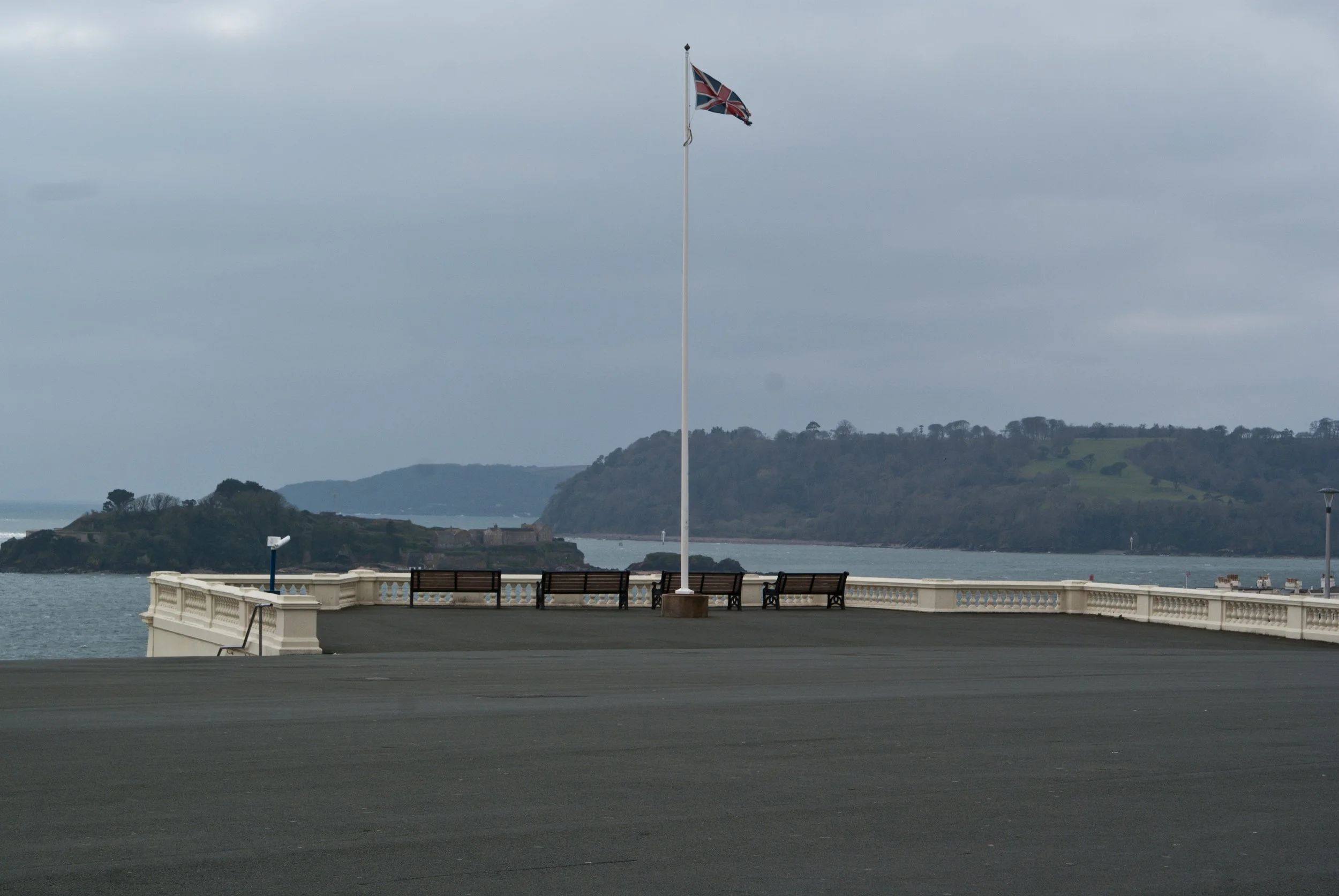
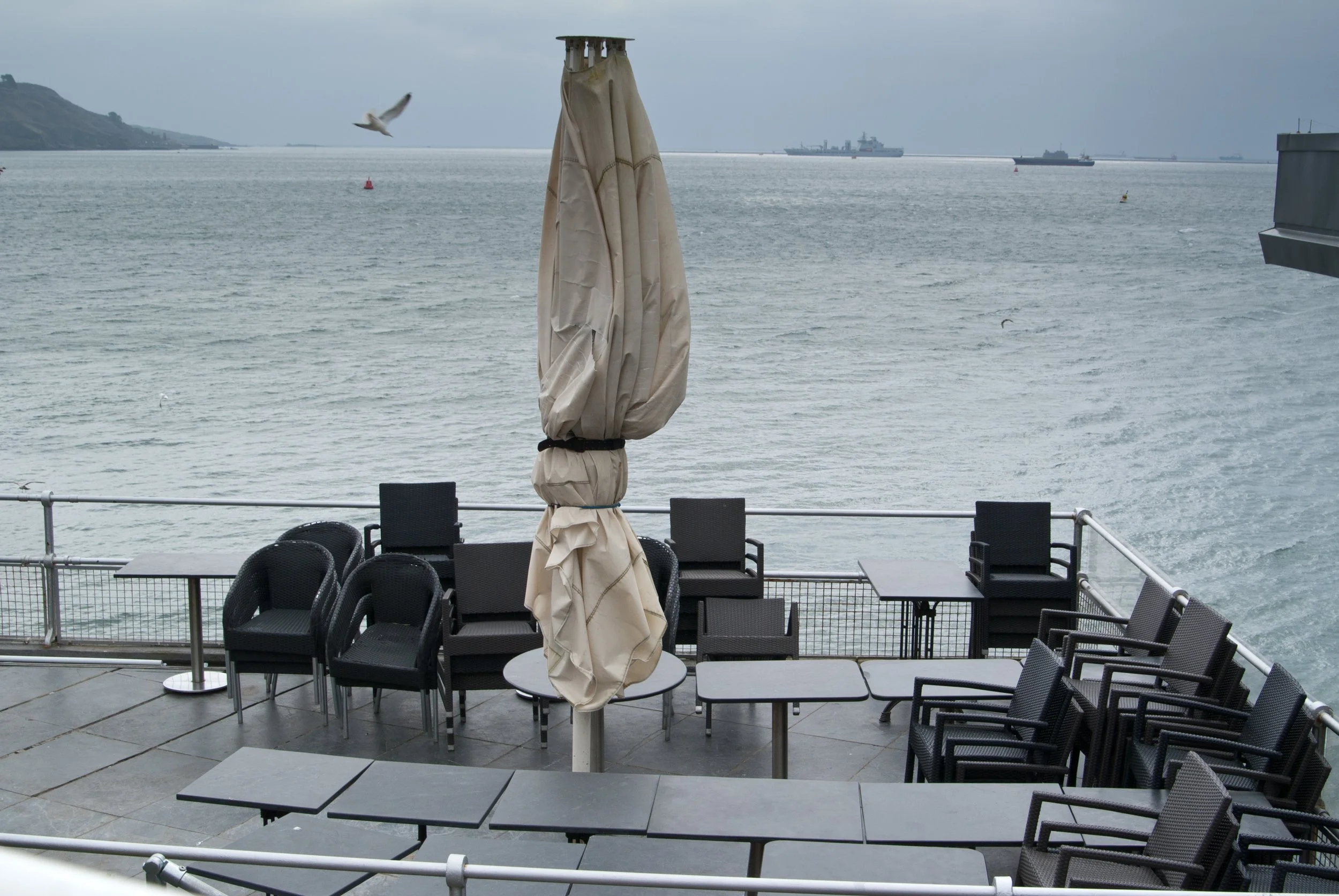
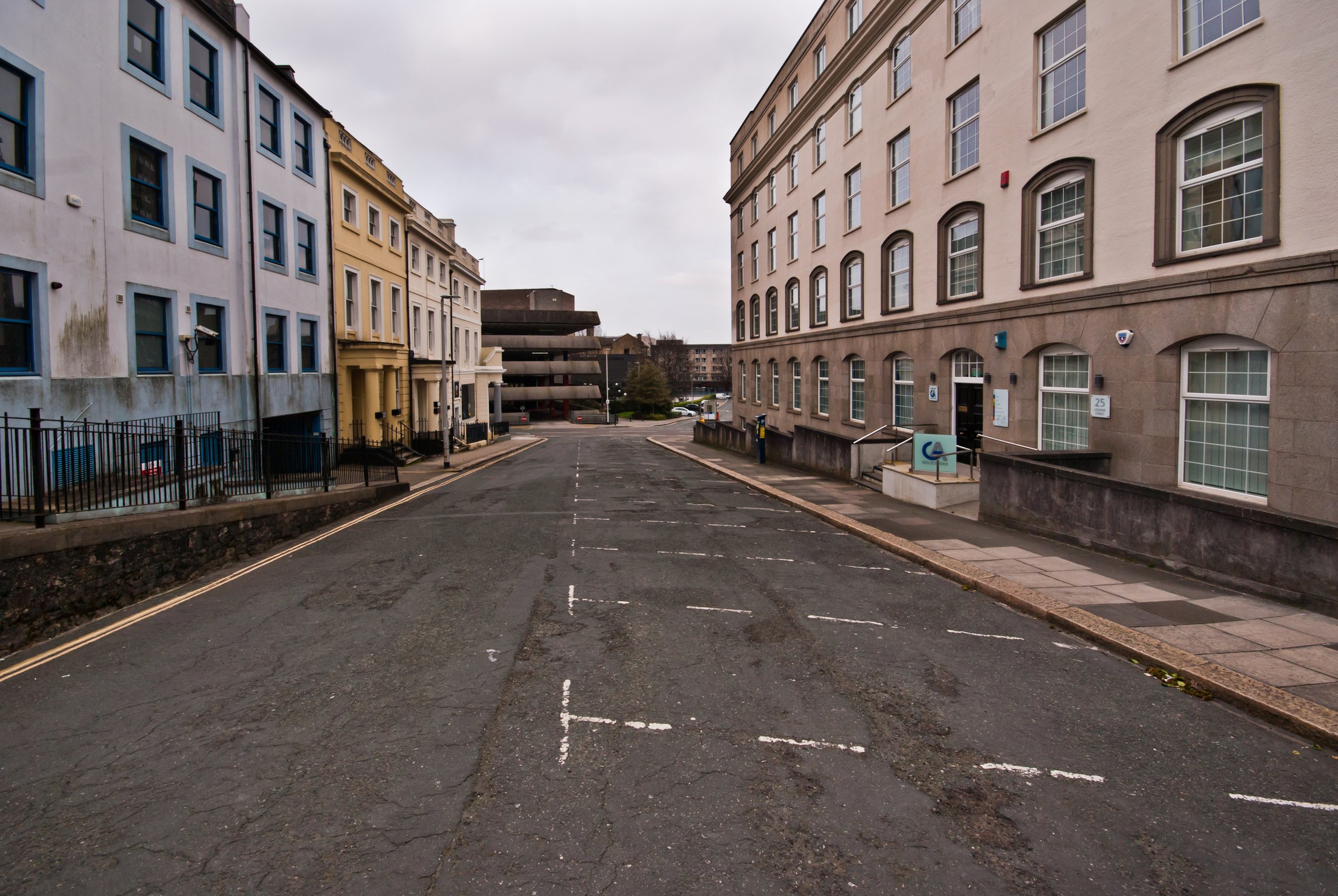
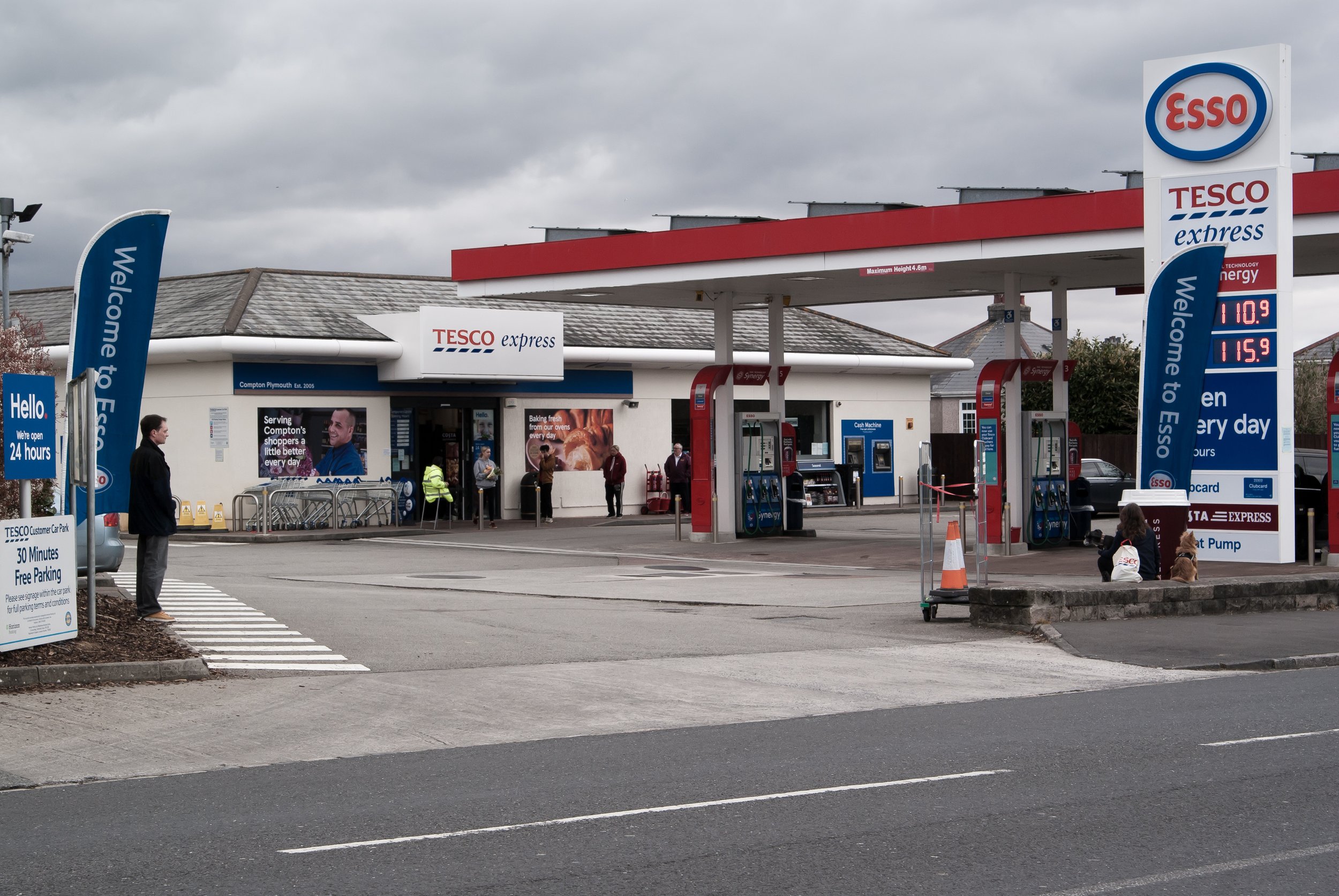

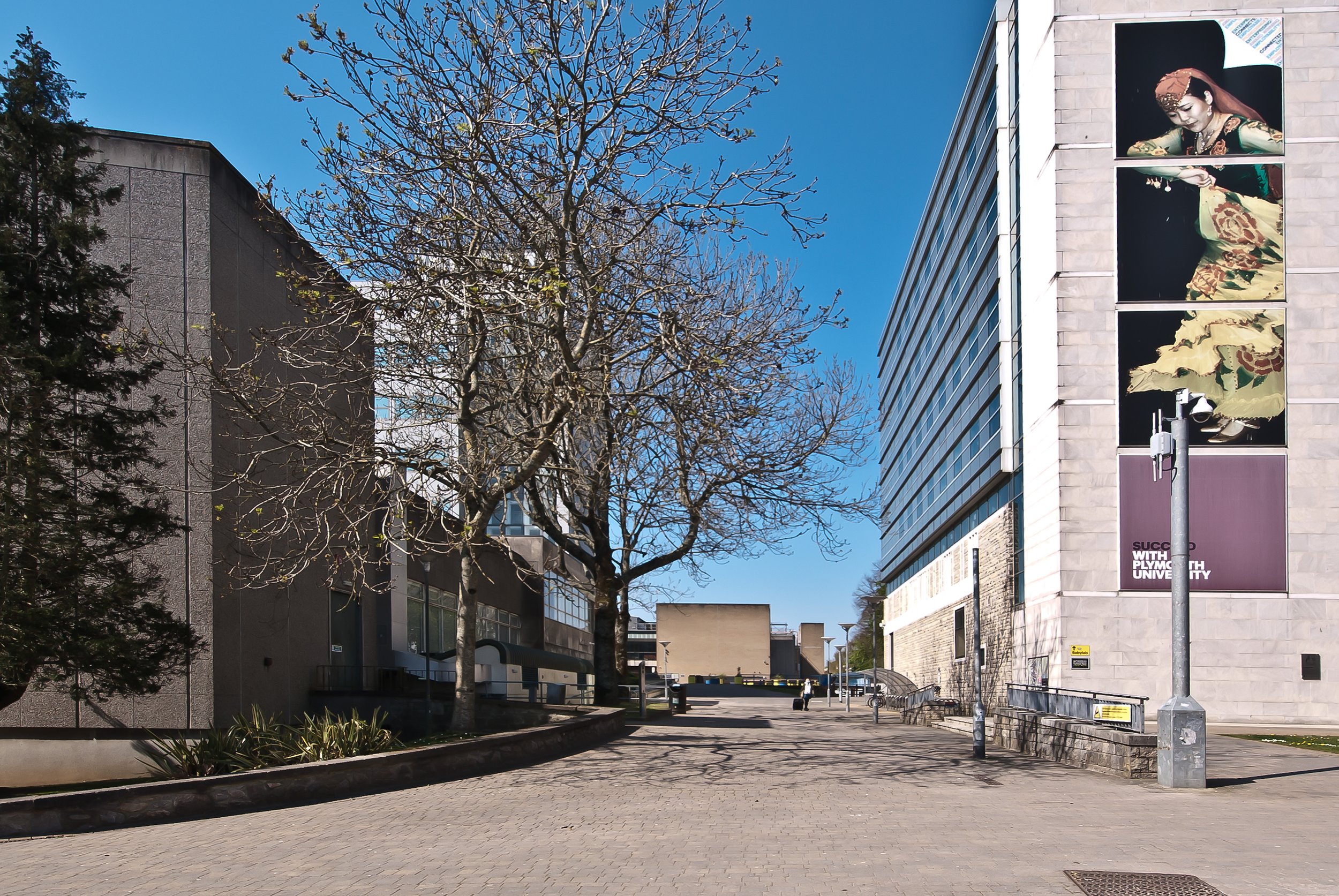

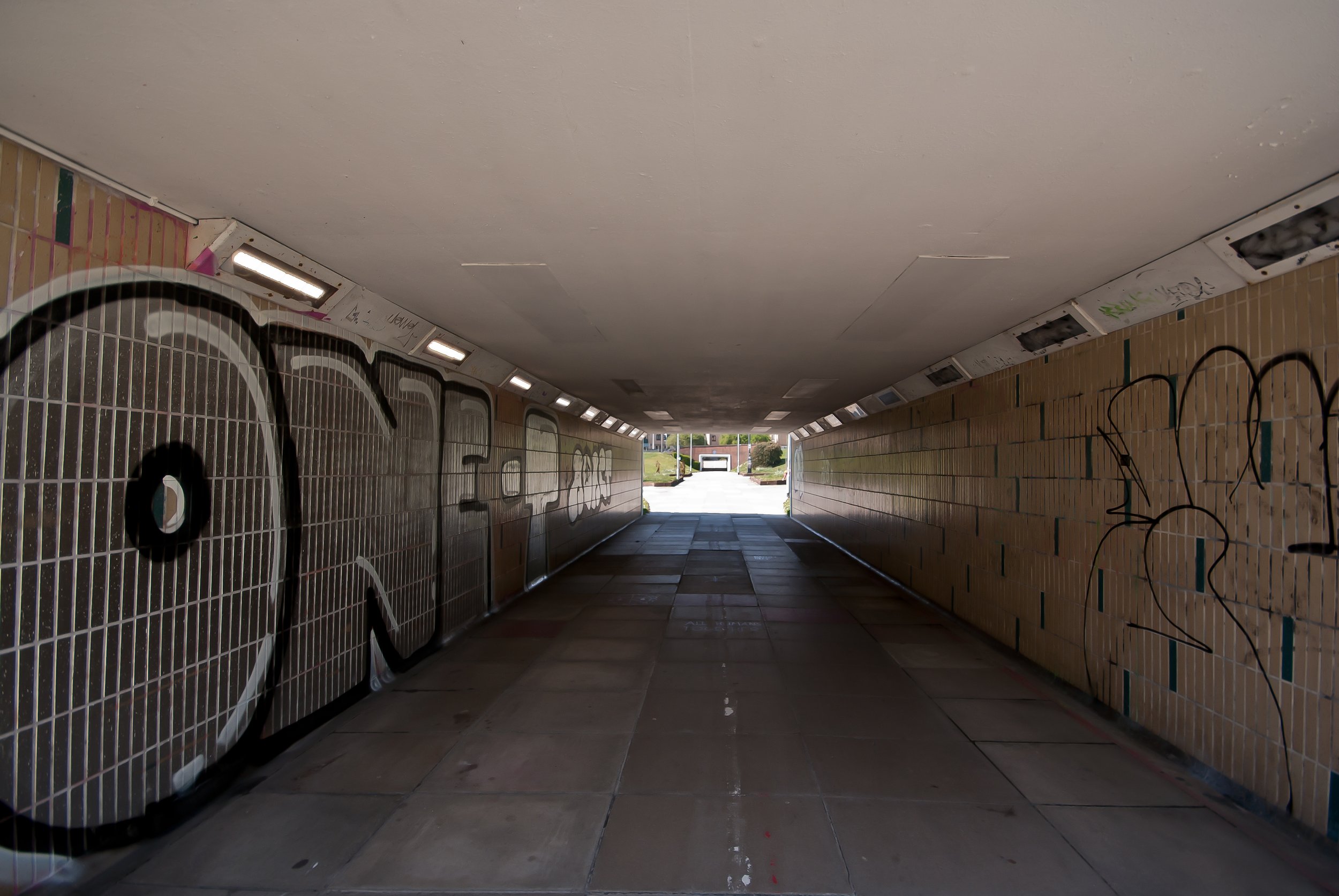
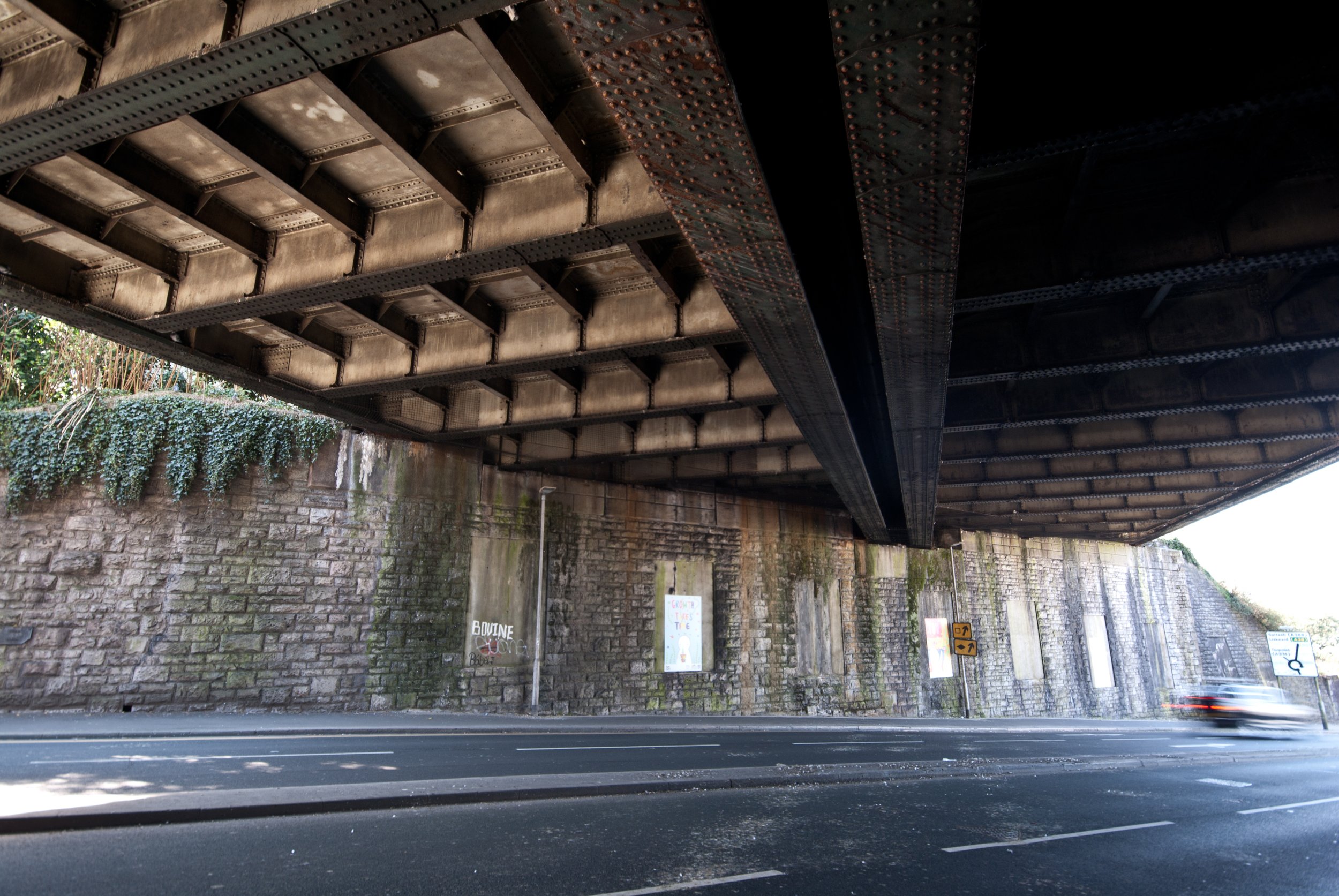
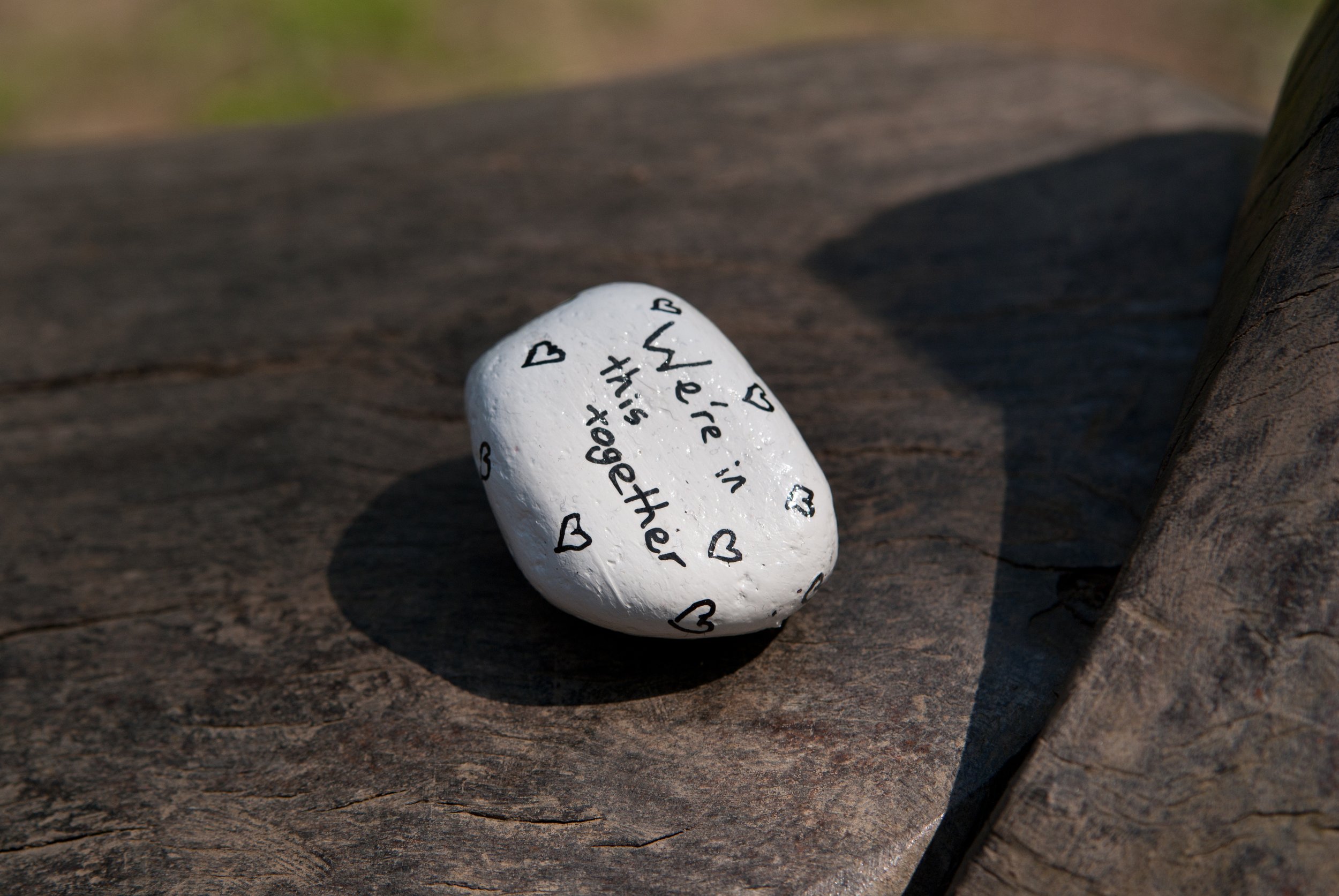
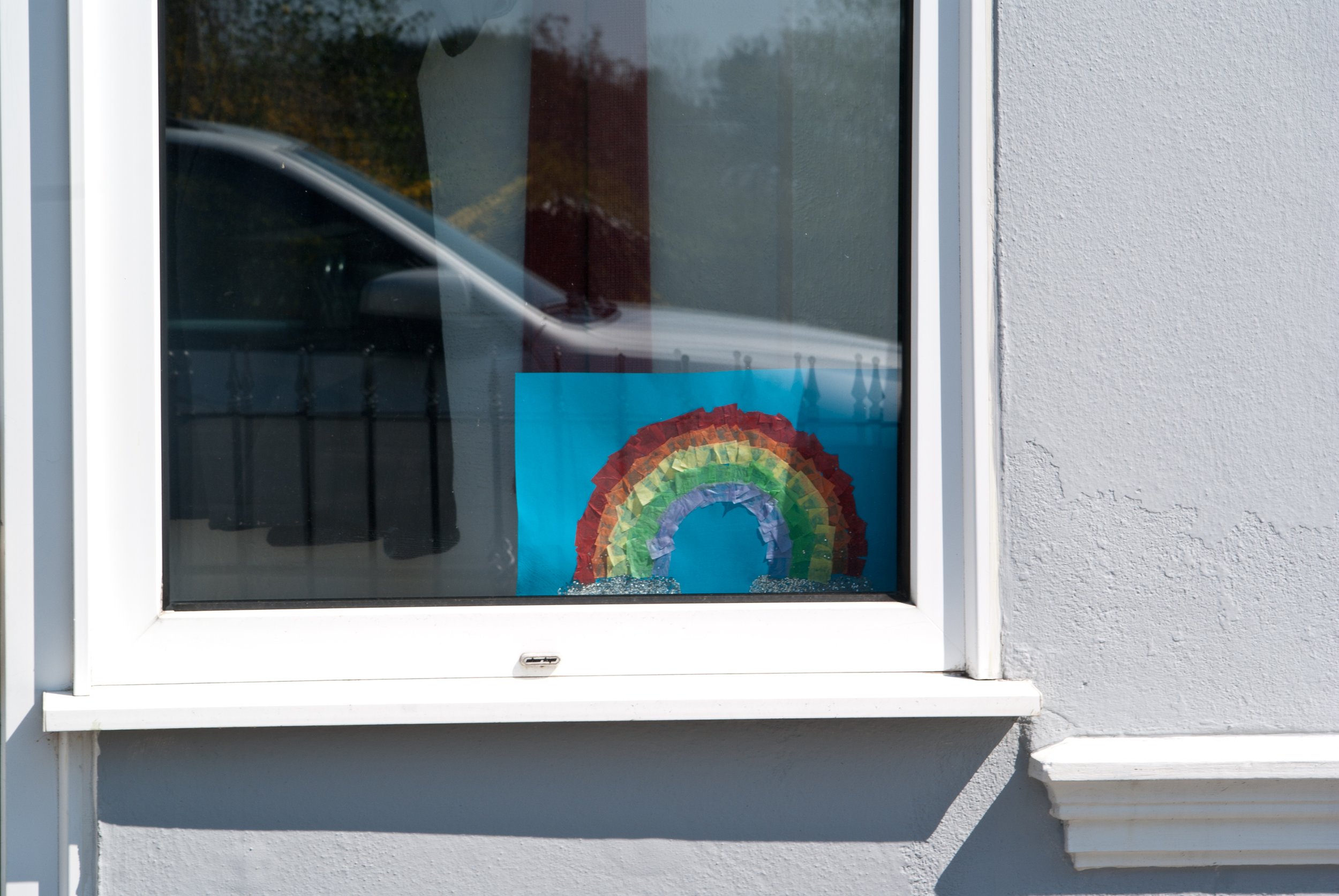
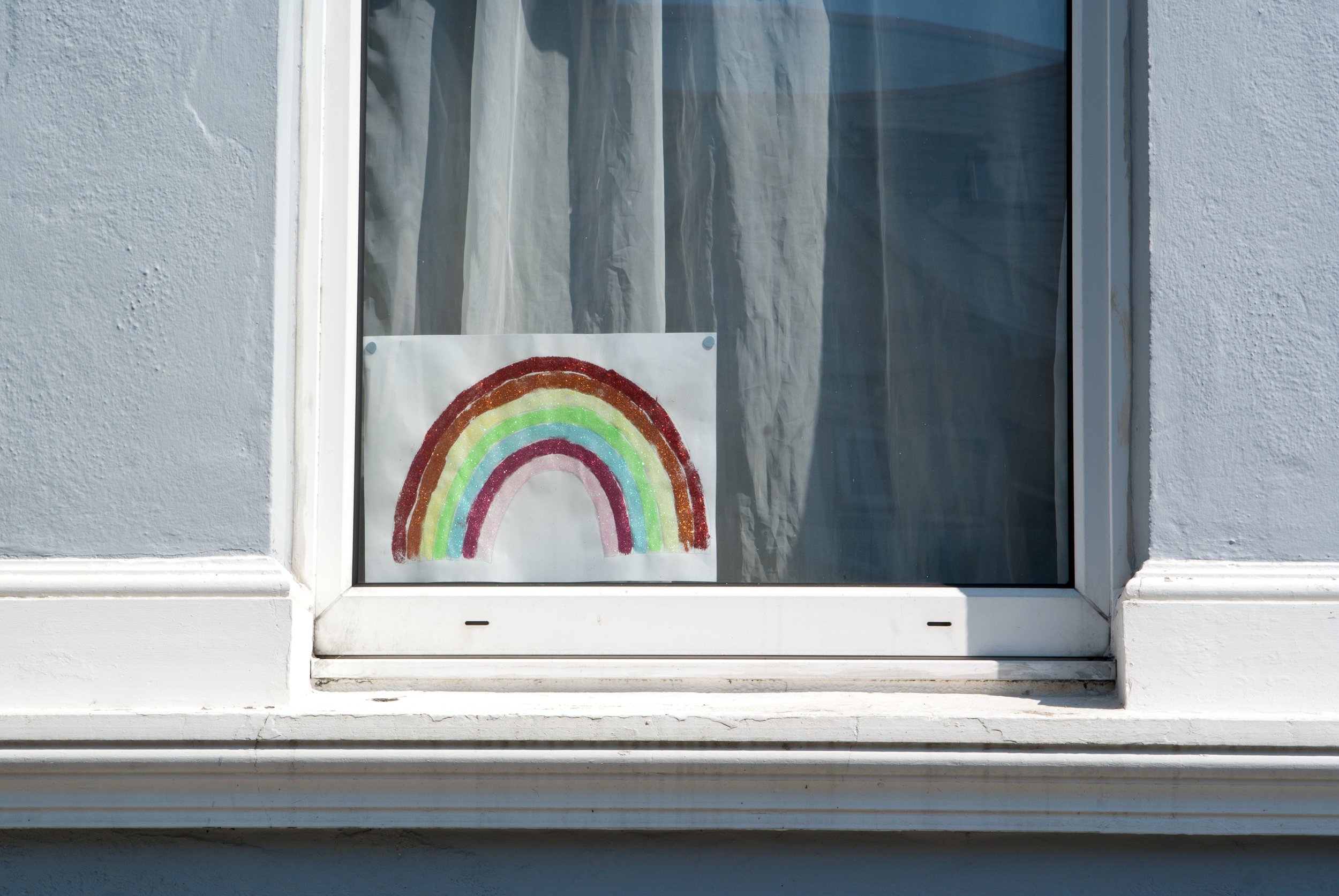

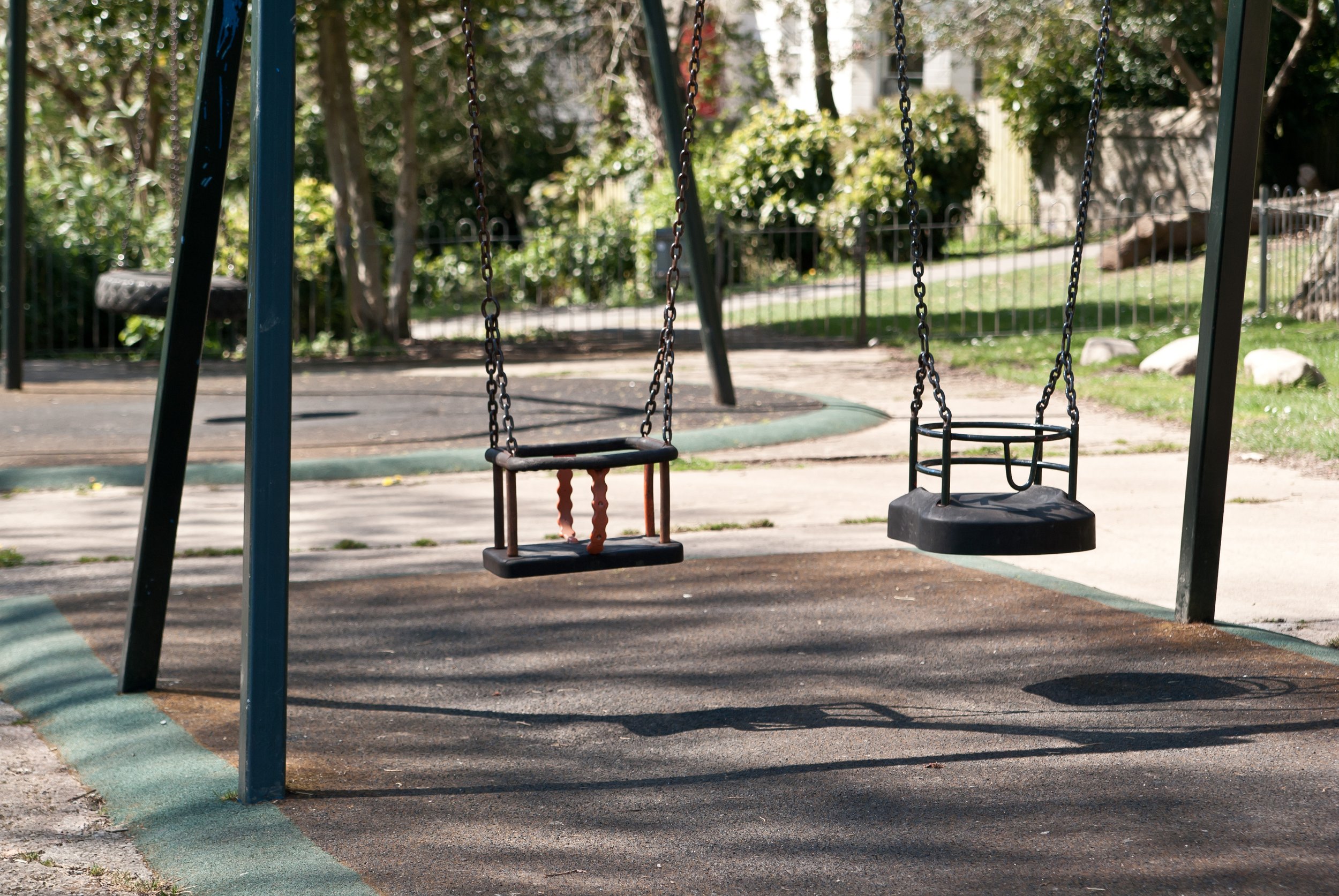
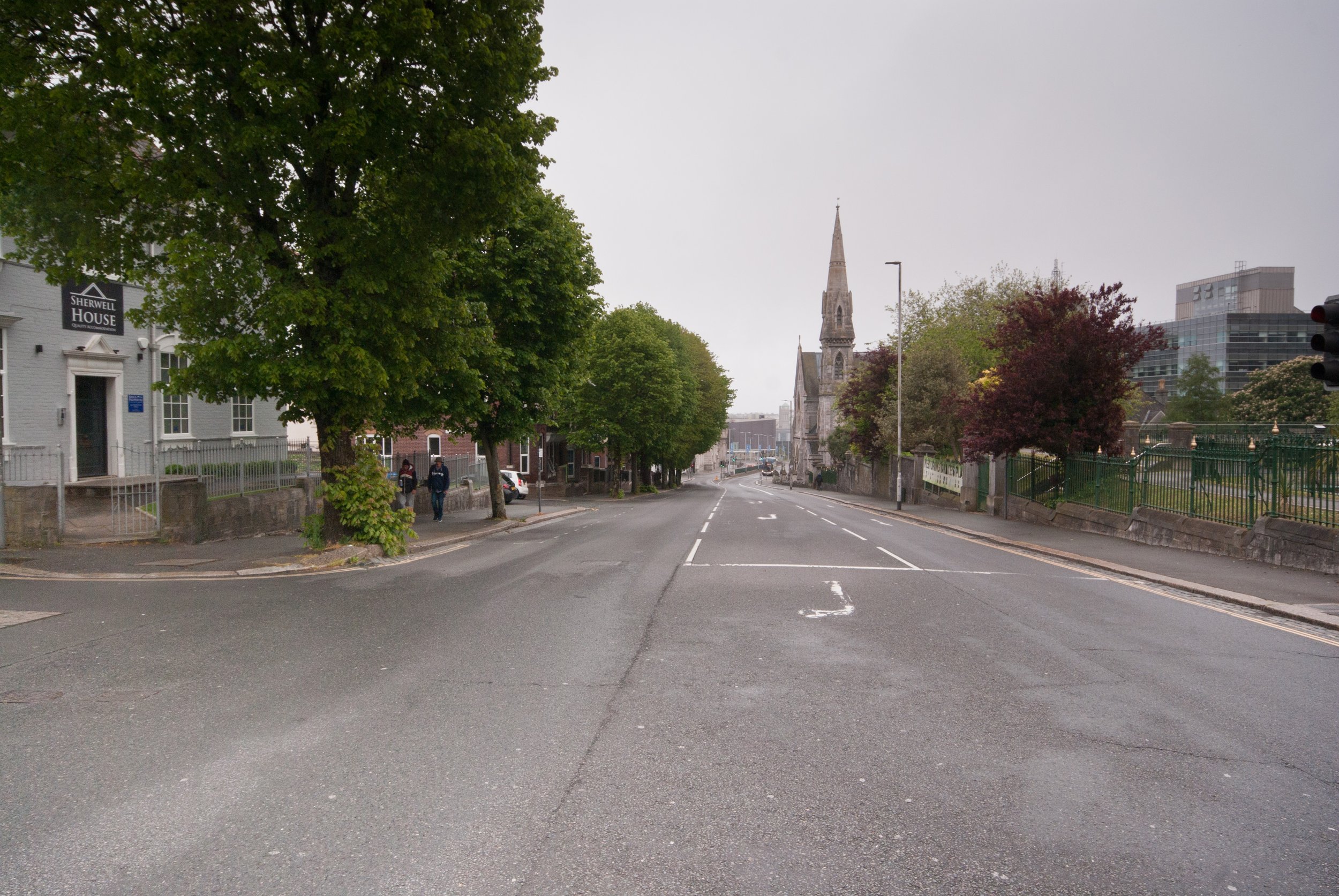
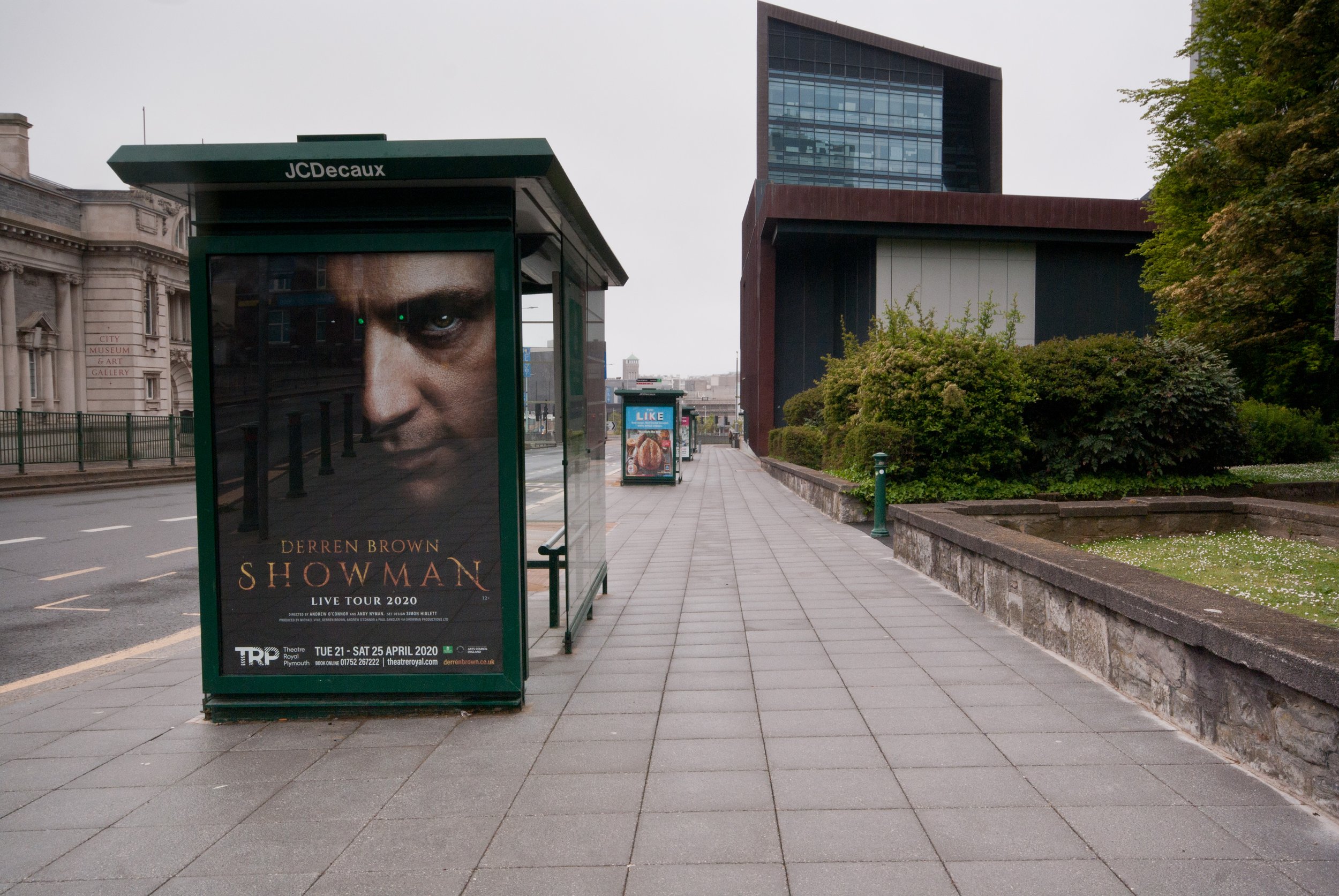
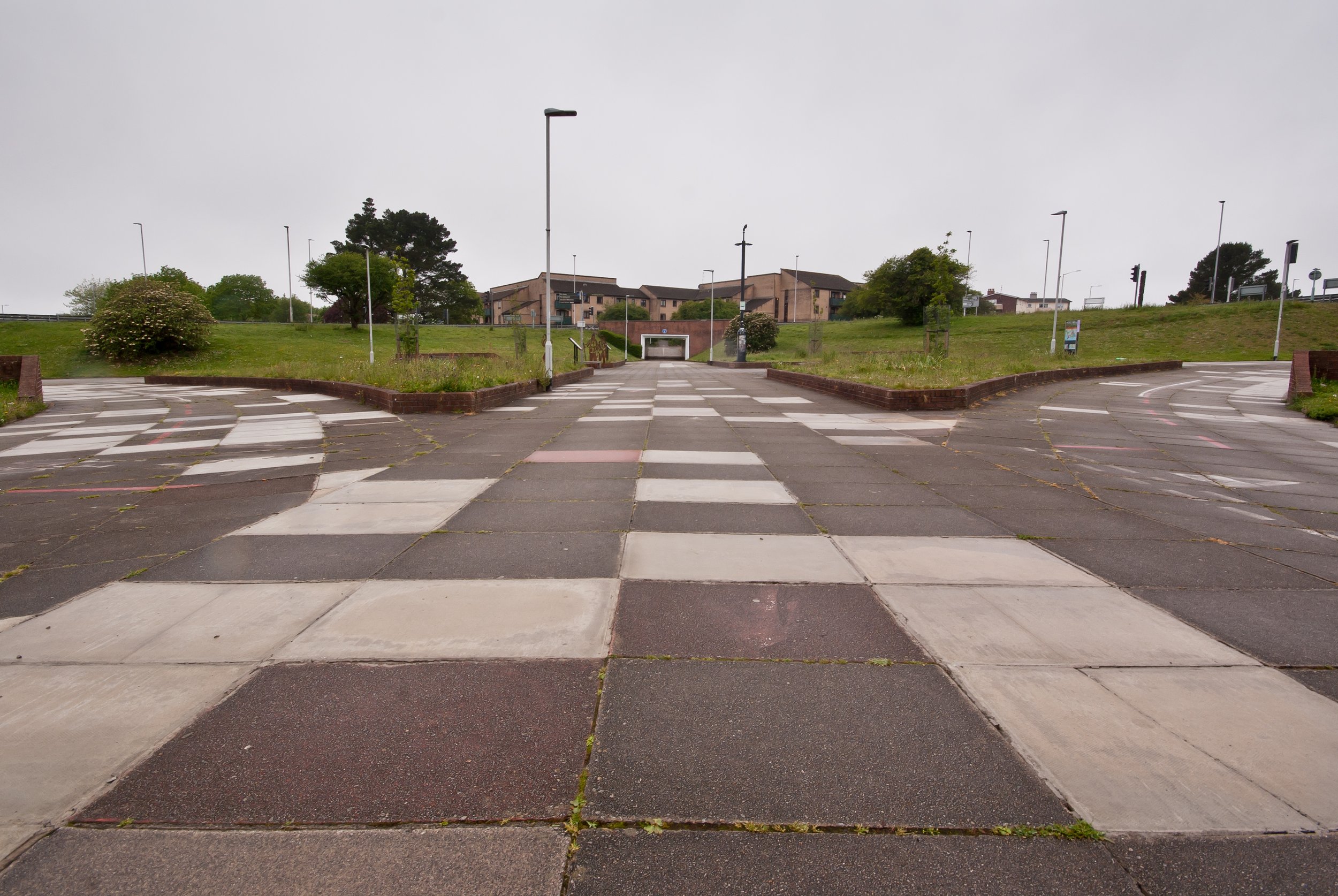
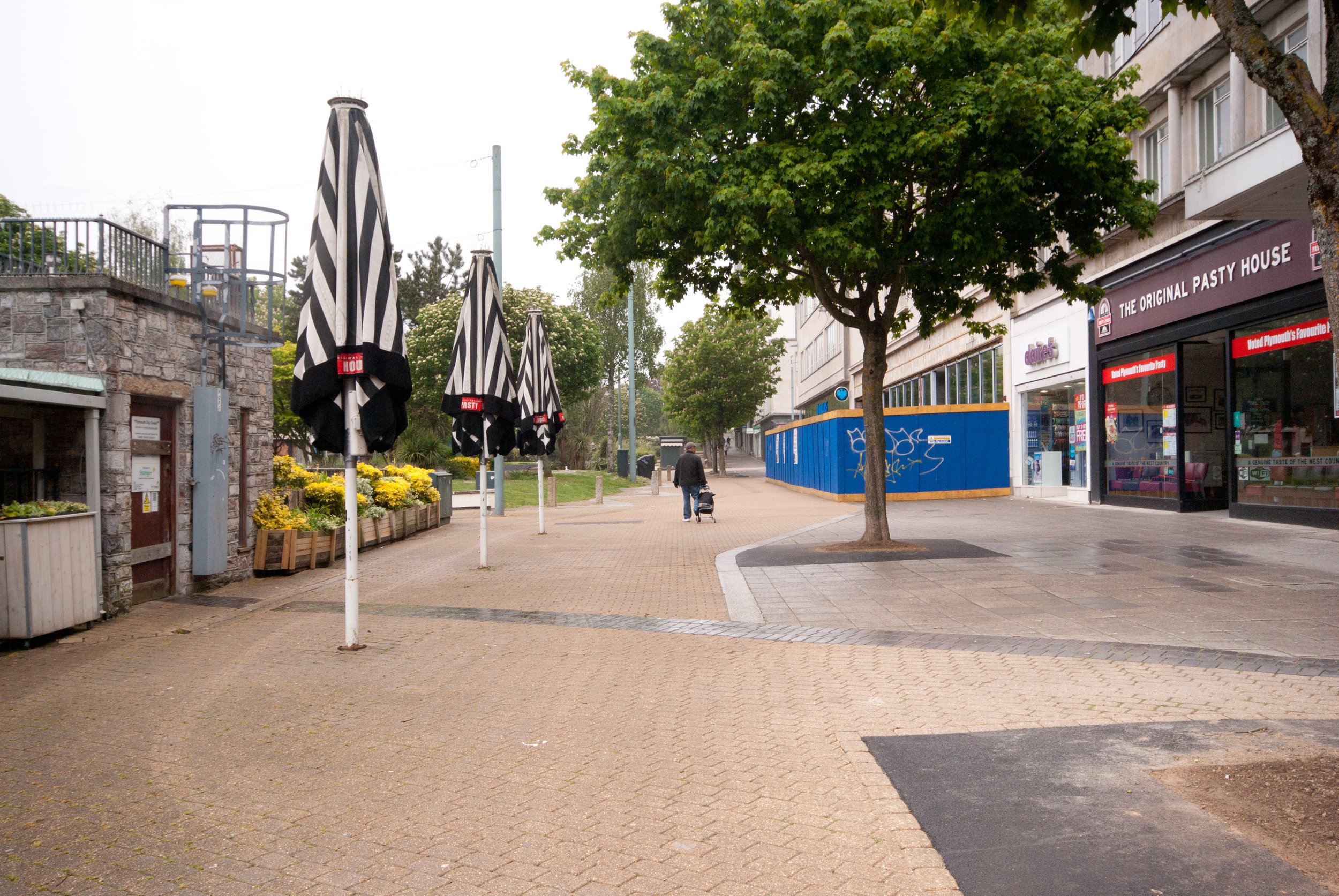
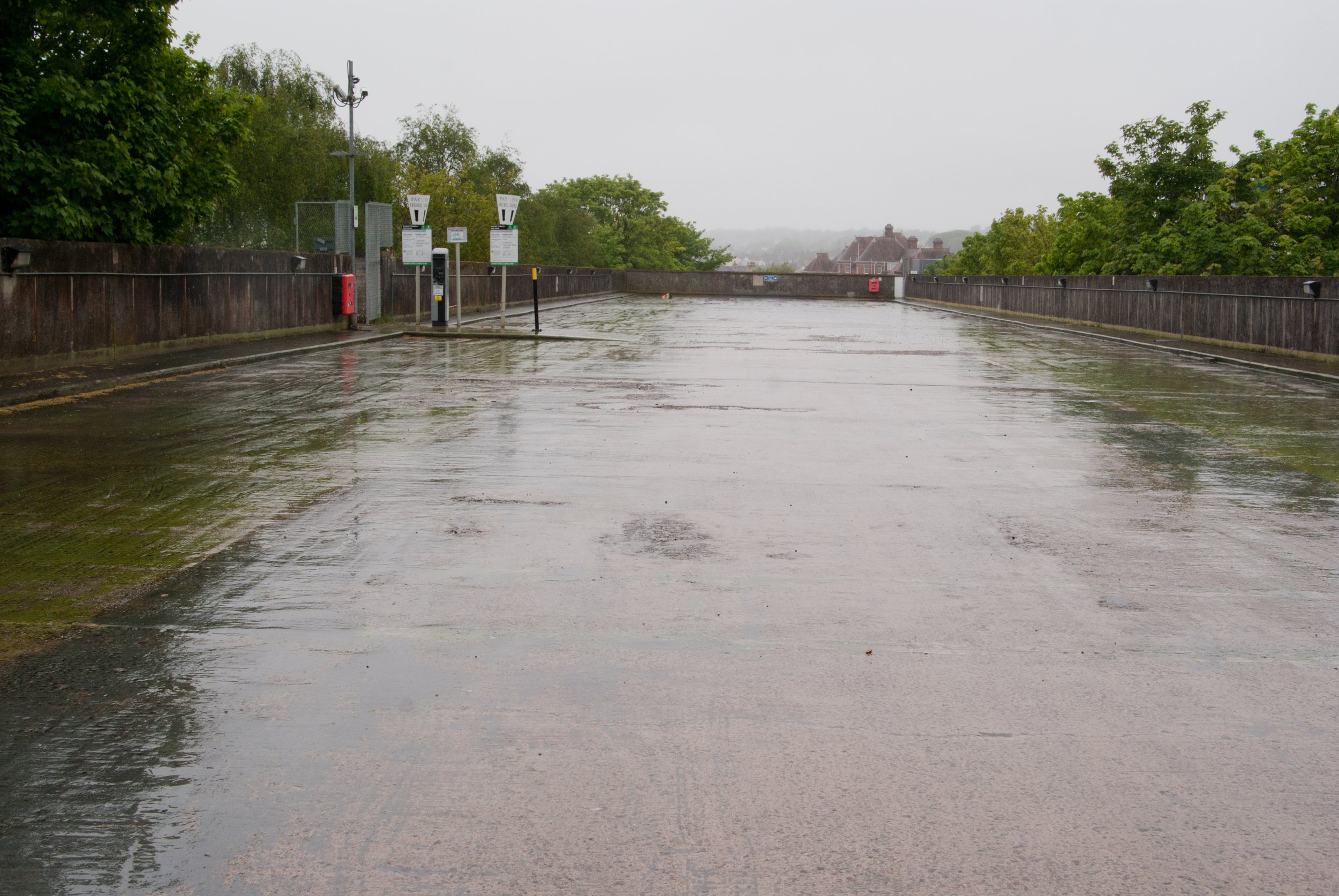
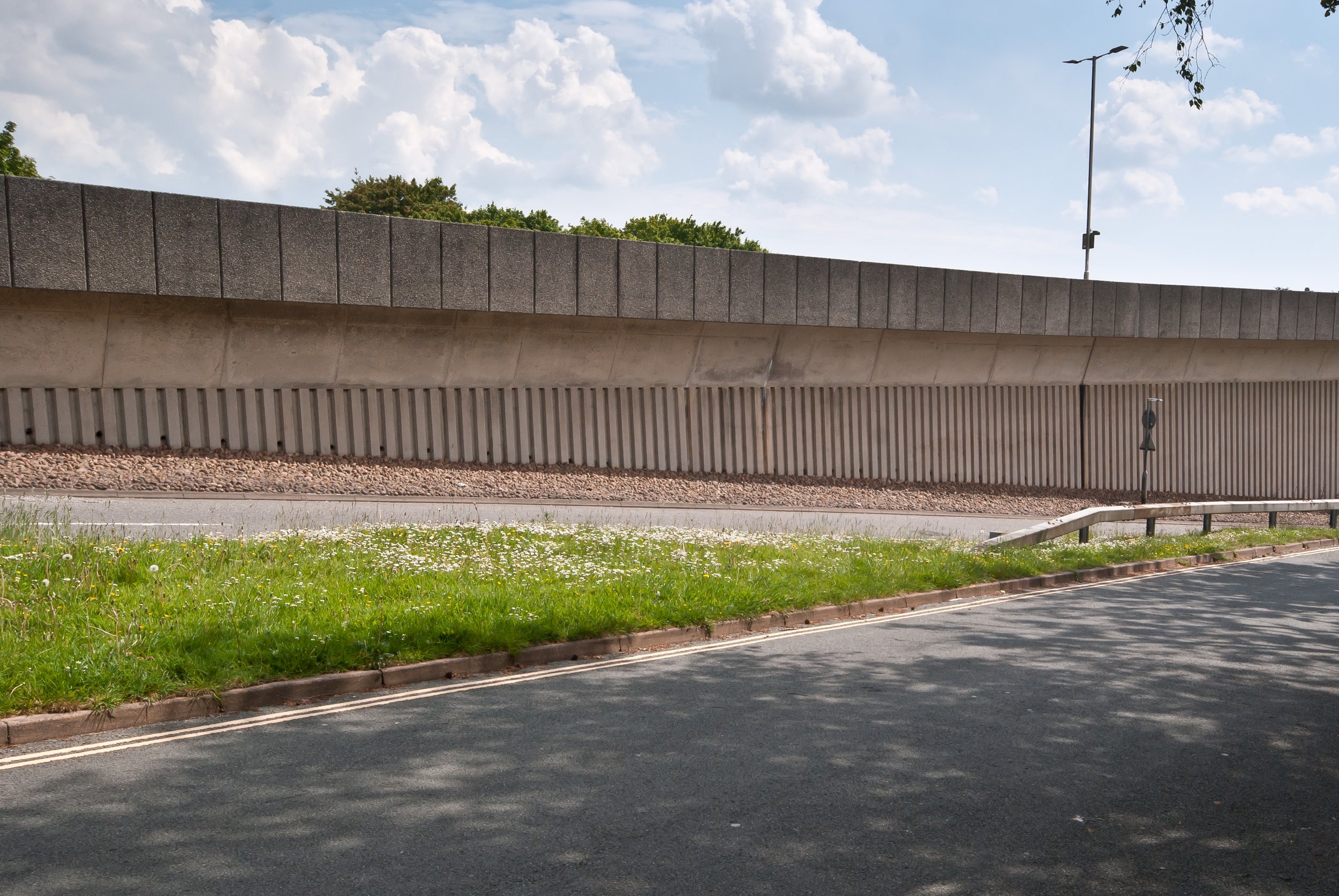
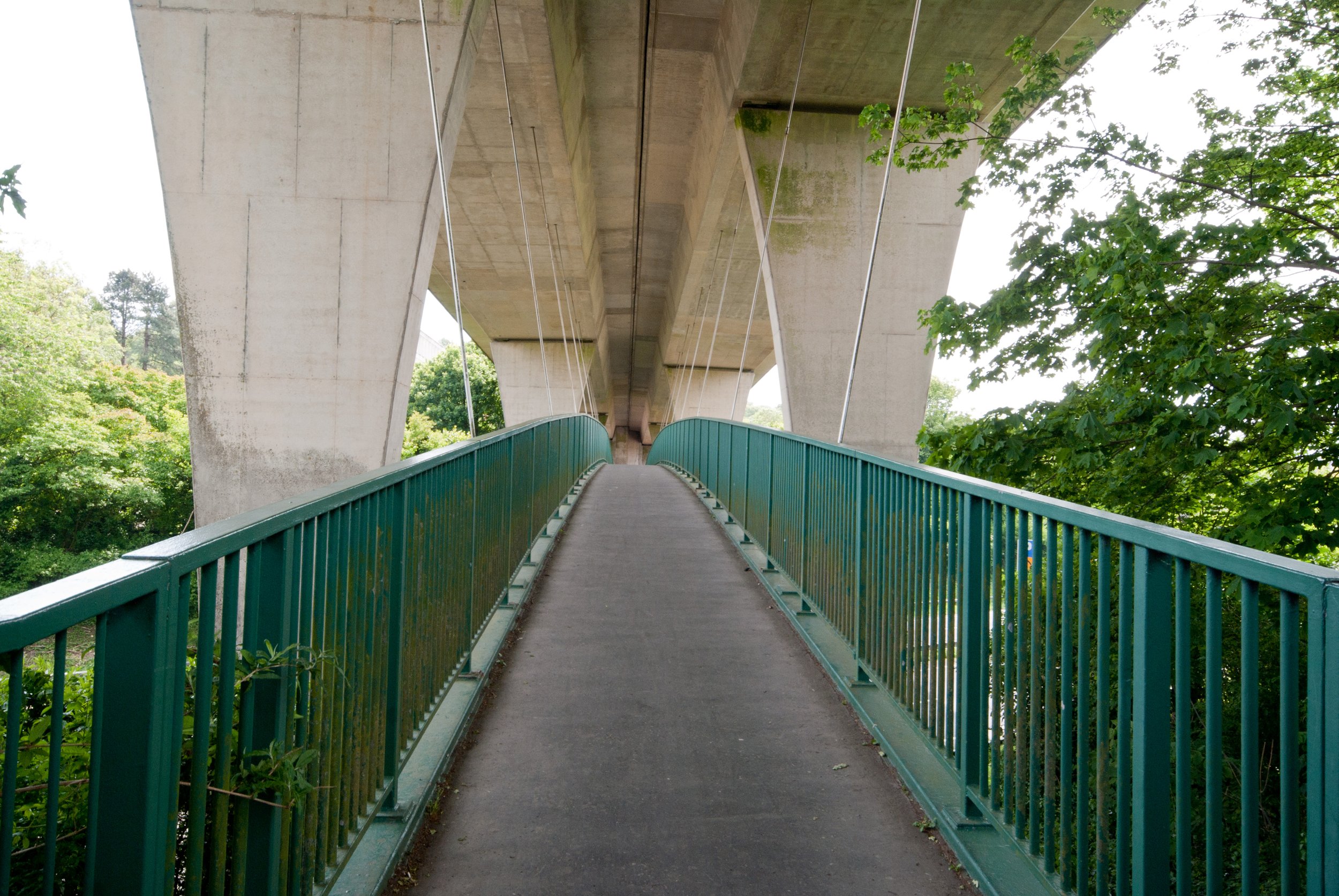
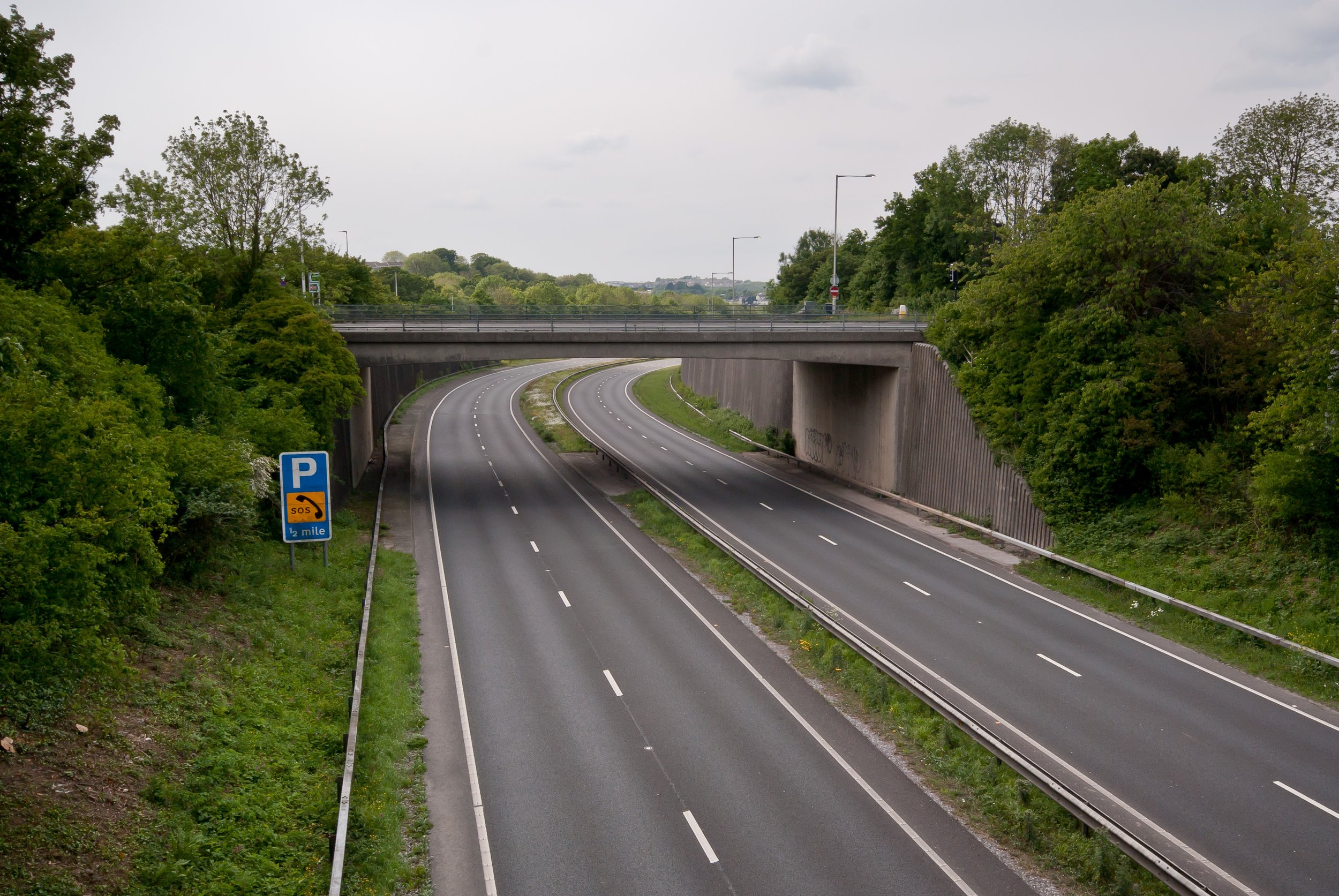
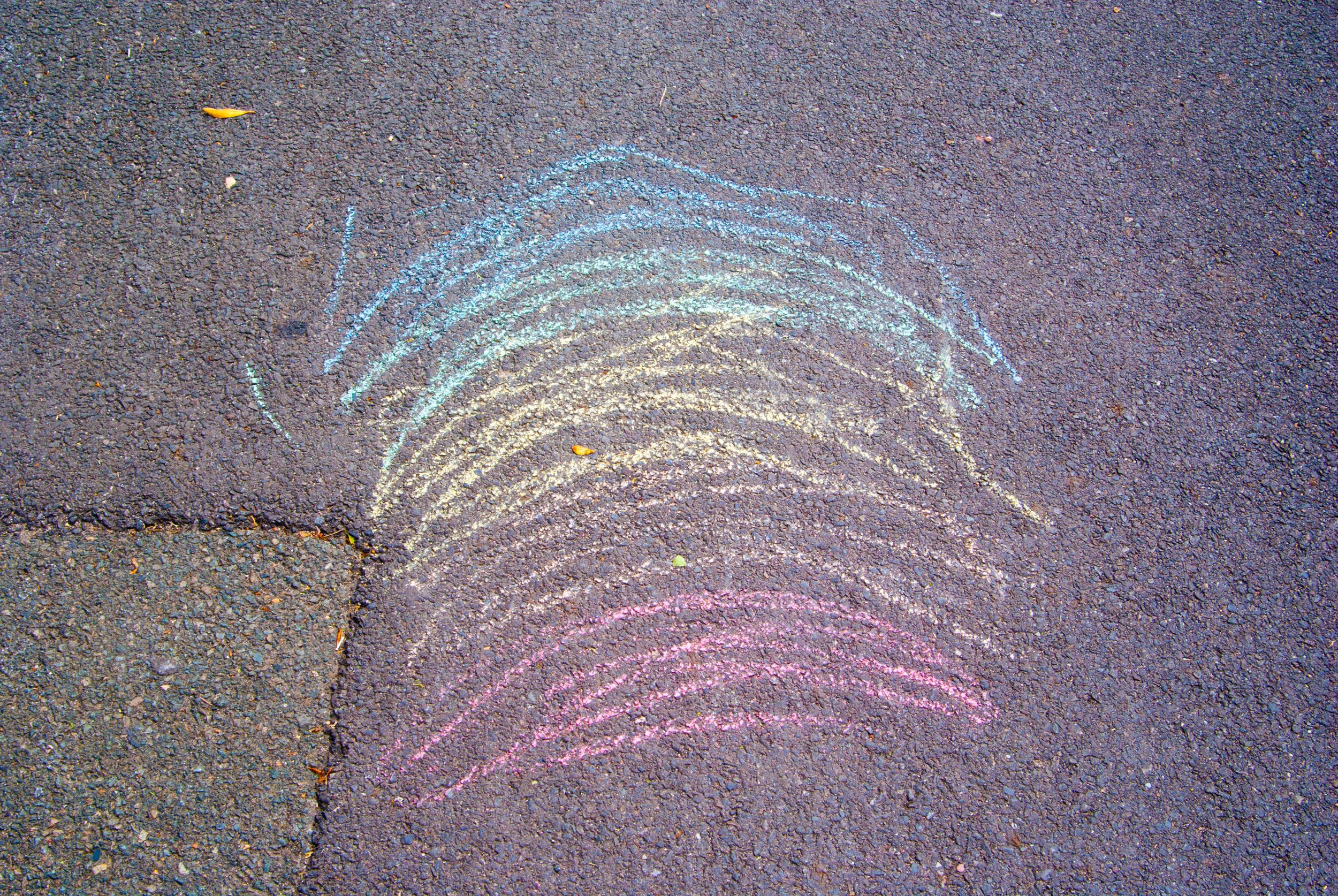
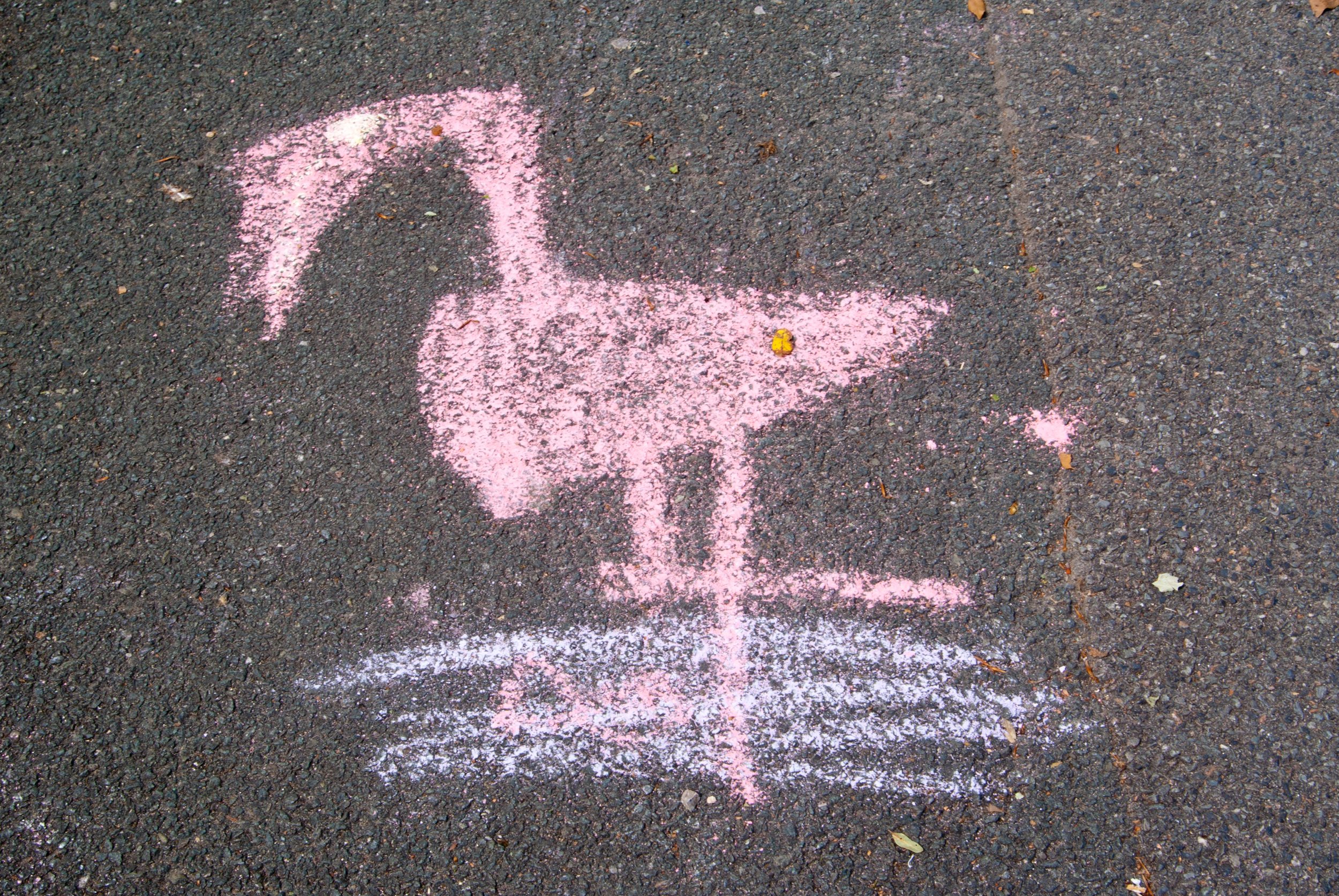
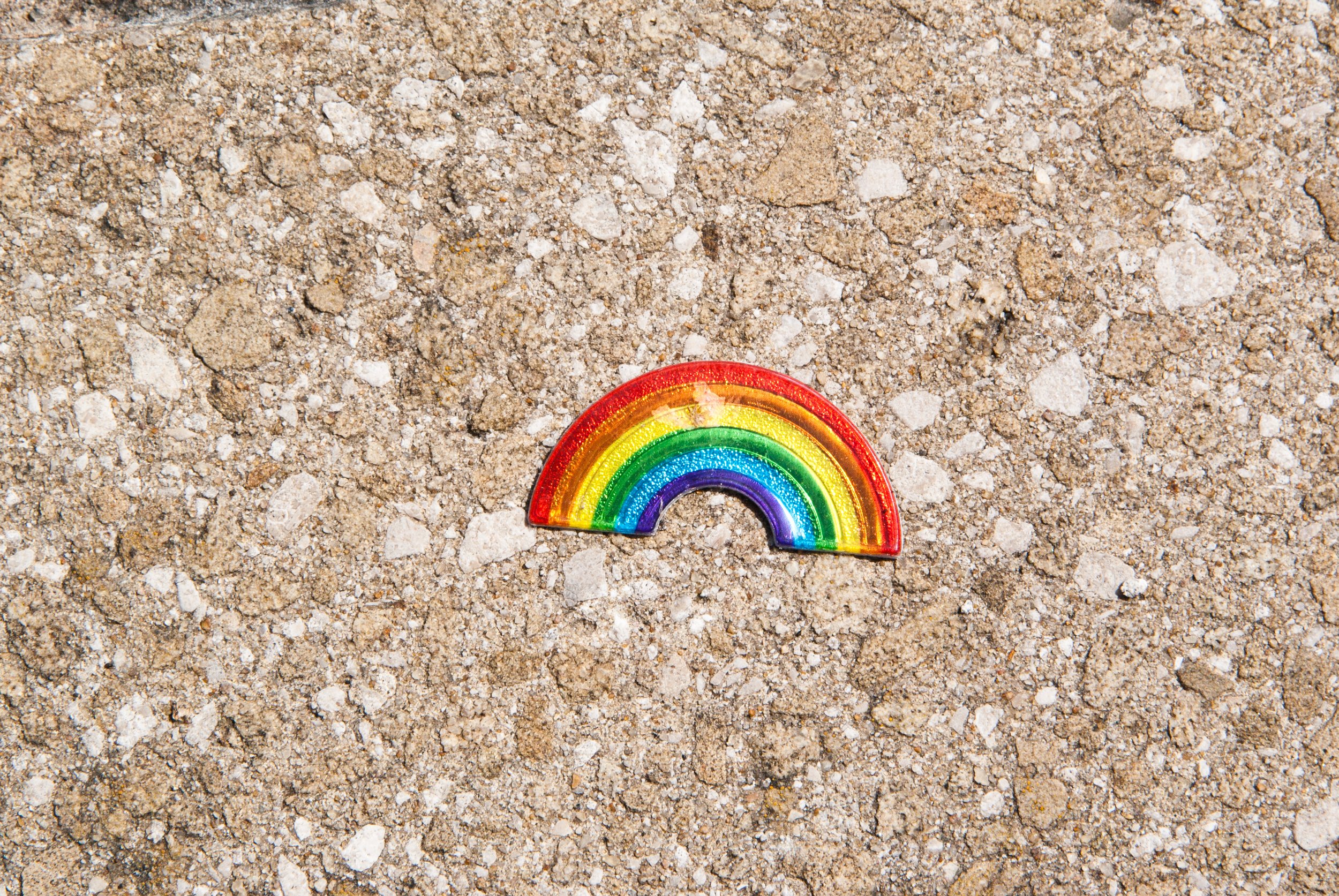
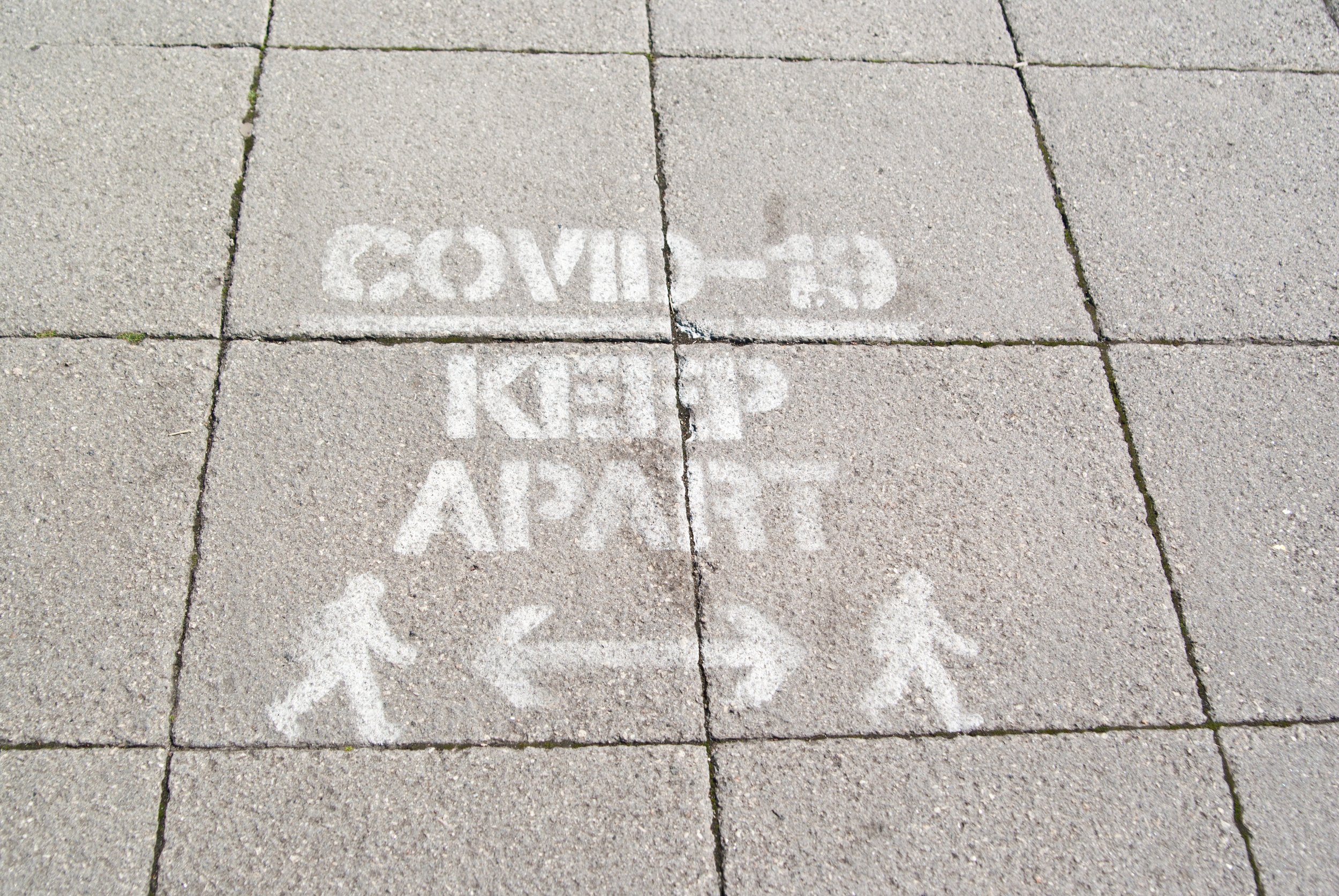
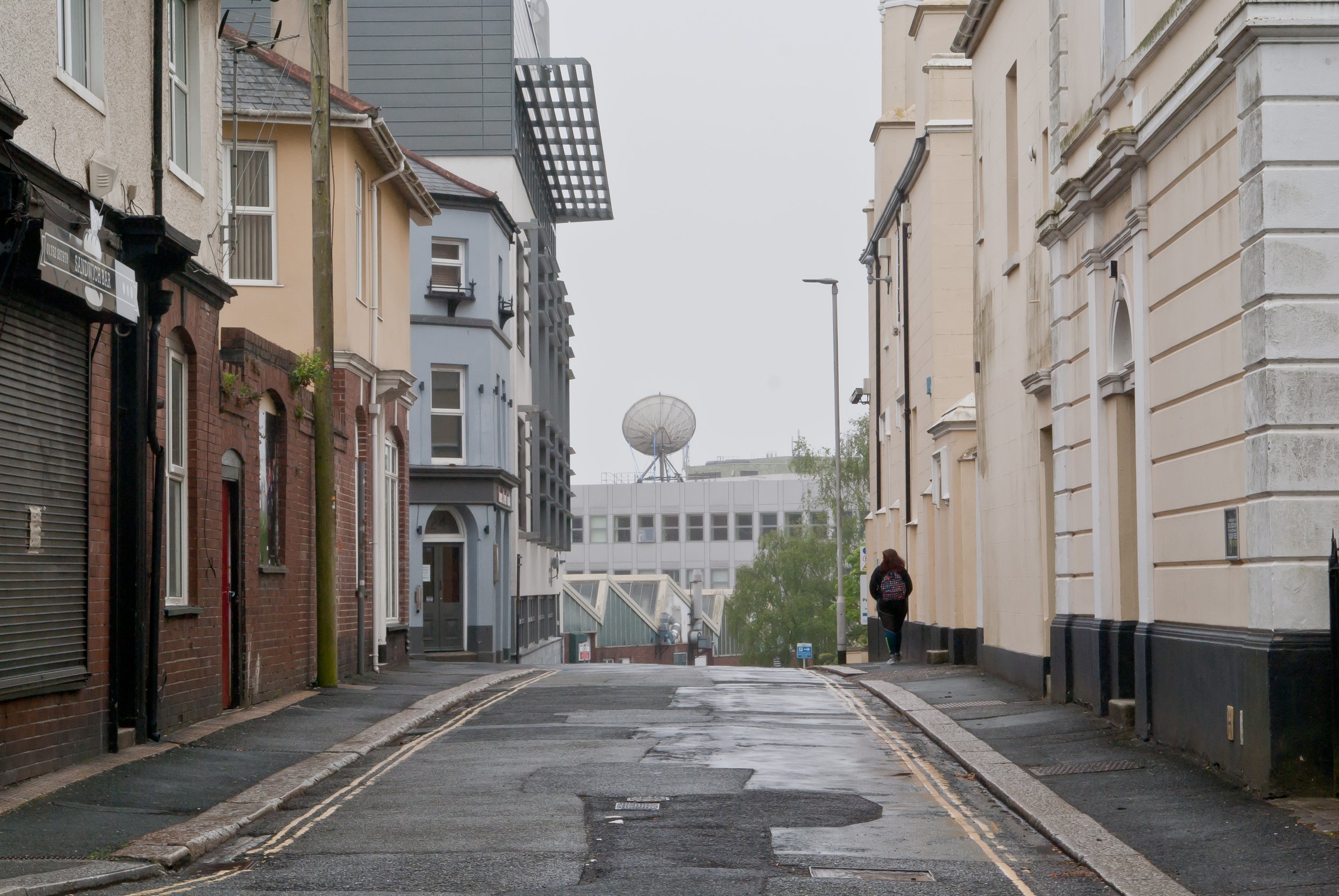
One November’s day few years ago, we took our then toddler daughter to her favourite local theme park. In contrast to the usual summer throng of visitors with their picnics and ice creams, and long queues for rides whilst under attack from children and wasps fuelled by a combination of sugar and sun, the park in the week before its annual winter shutdown was virtually empty, with just a scattering of families wandering between rides. No jostling, no hubbub, no frayed tempers, no children giddy with pent-up excitement; just an eerie silence punctuated by occasional subdued conversation. In theory, the thought of a theme park to oneself seems inviting, even preferable: more ride time; somewhere to sit down; no excess noise. However, the visit was not a success. The operator of my daughter’s favourite carousel had to stop the ride when she, the lone participant, became distressed at being repeatedly flung around in circles in silence. With barely anyone else there, the theme park had become an empty space, lost of its context and association with fun.
This scenario perhaps helps to explain, in 2020, the sense of unease experienced in cities all over the world at the height of lockdown restrictions imposed by governments in response to the Coronavirus pandemic. In considering this assignment, I frequently returned to the notion that a space becomes a place largely when stories are ascribed to it, via history and events; in other words a place is a product of human activity, from creating or building a physical environment to how we interact with the landscape. In the theme park example above, when normal human activity ceases to occur, the sense of place is lost. These images were taken in Plymouth during lockdown 2020-21 and are a contemplation of what a place becomes when it is devoid of people.